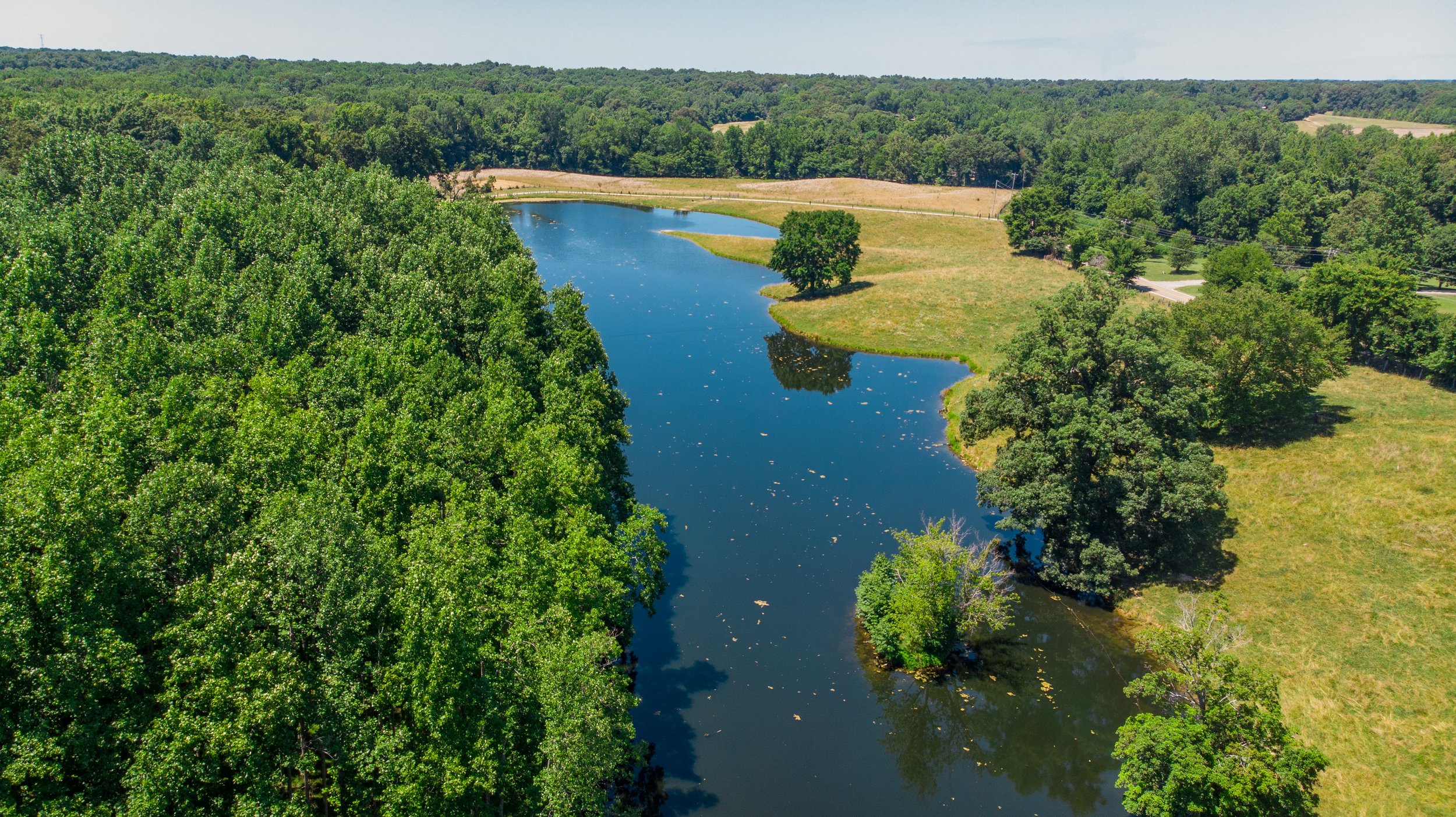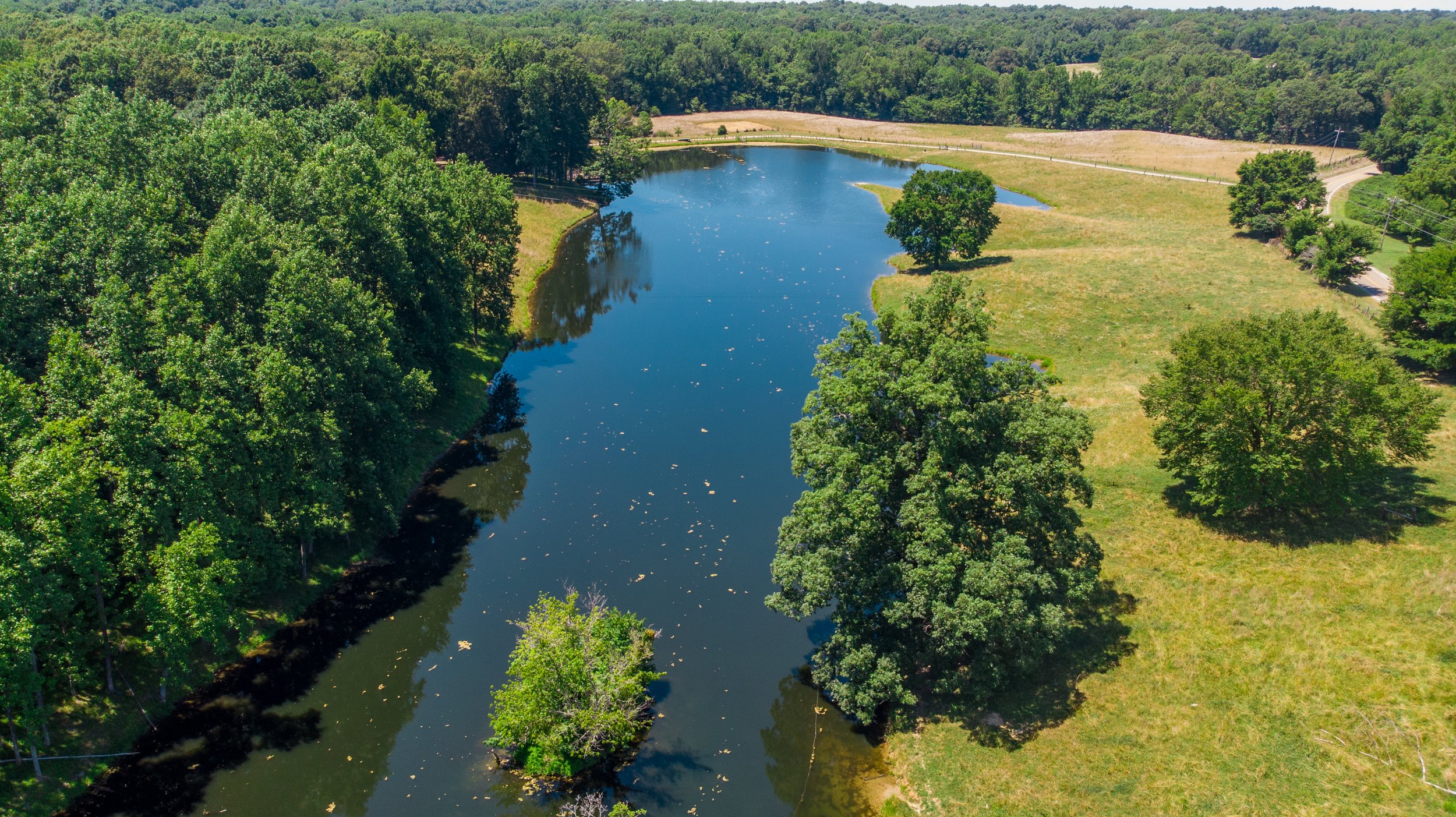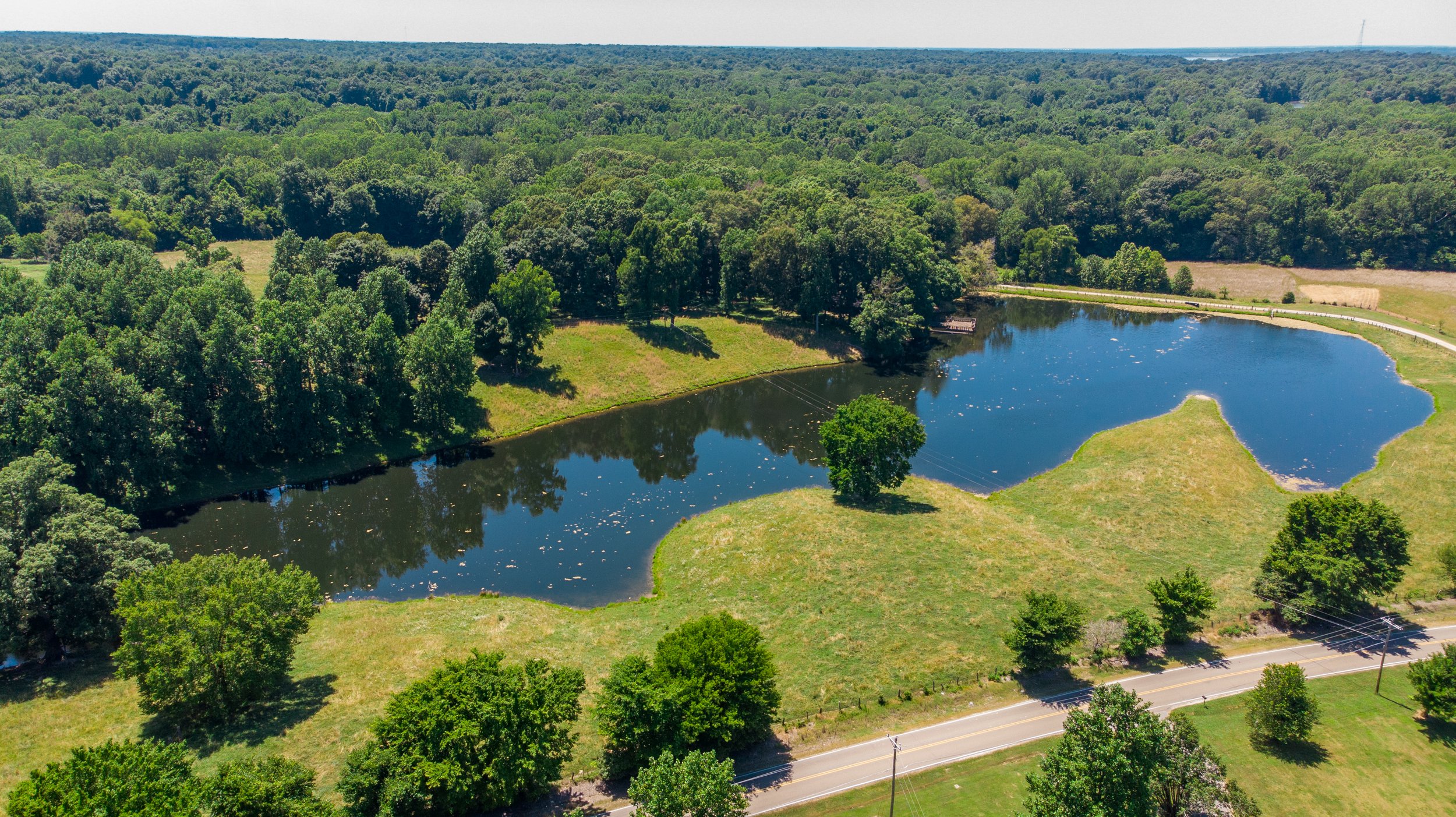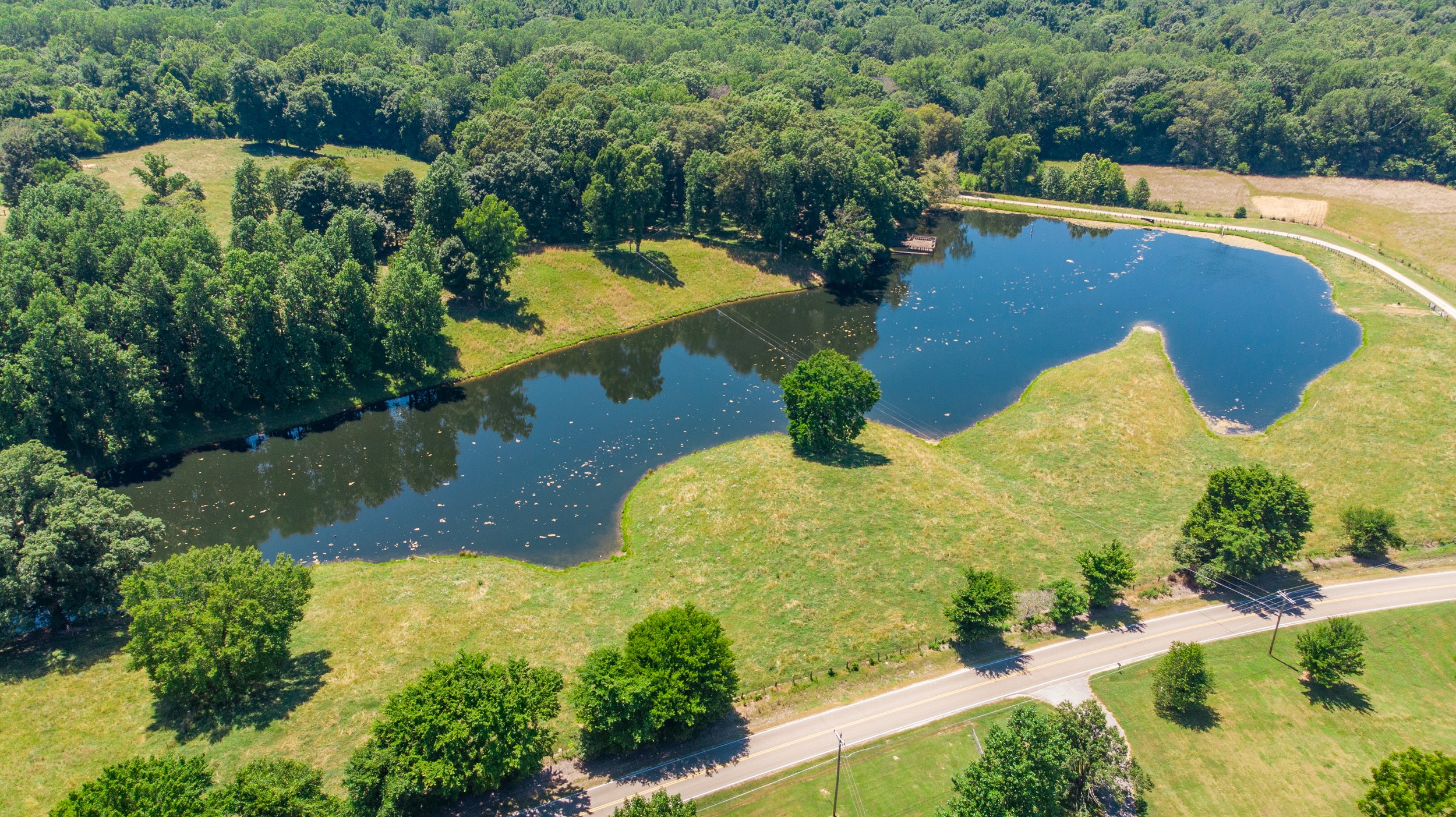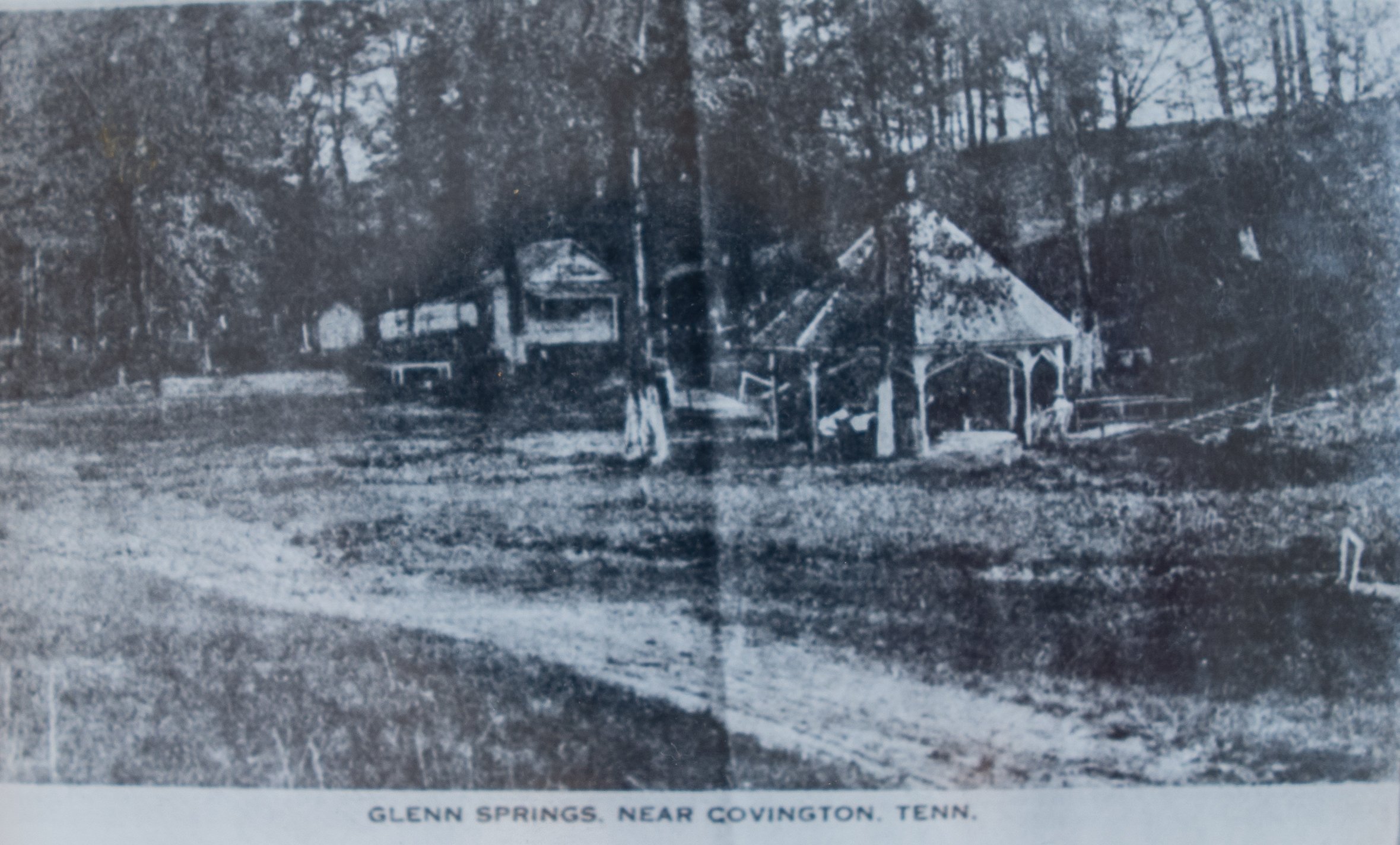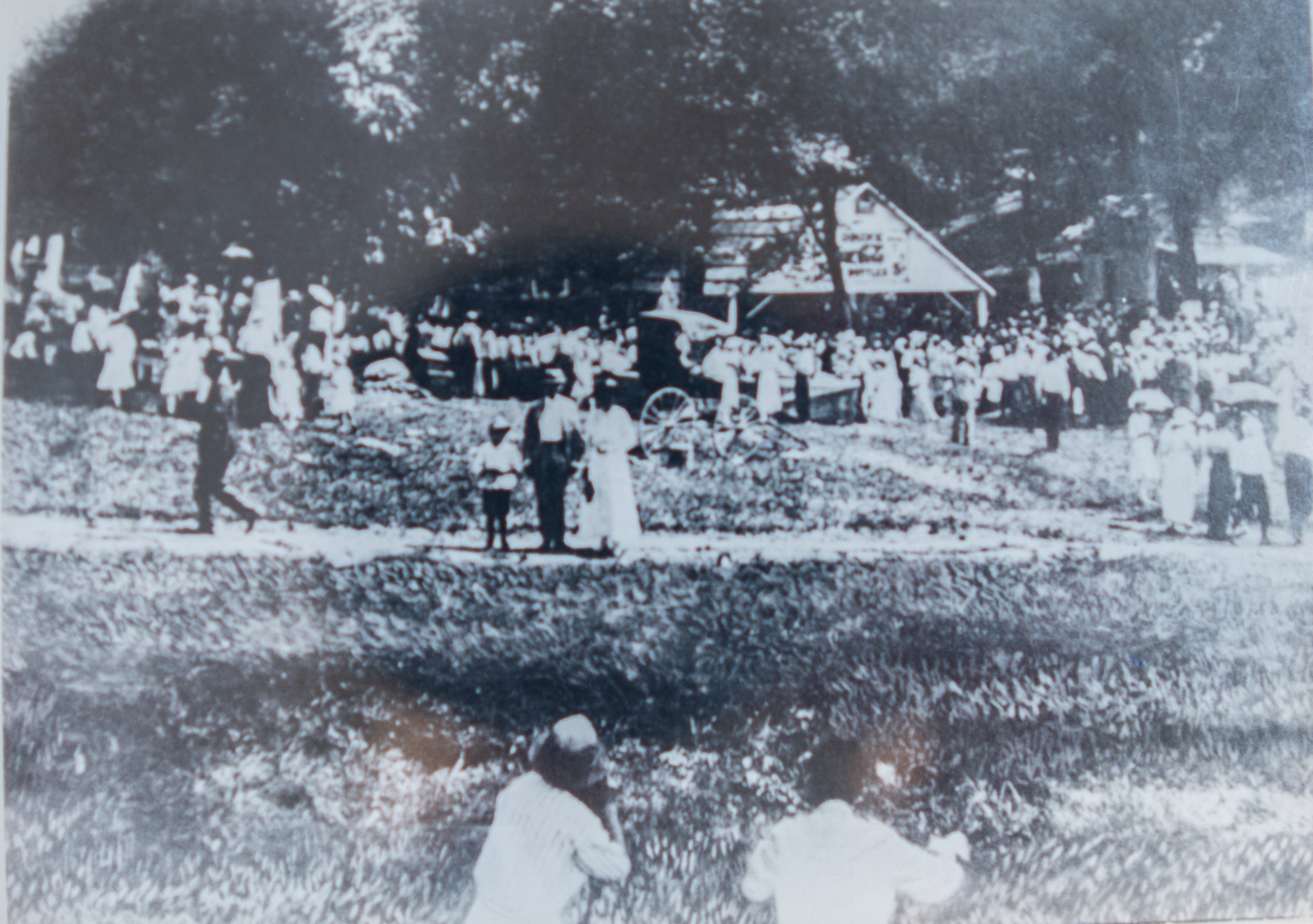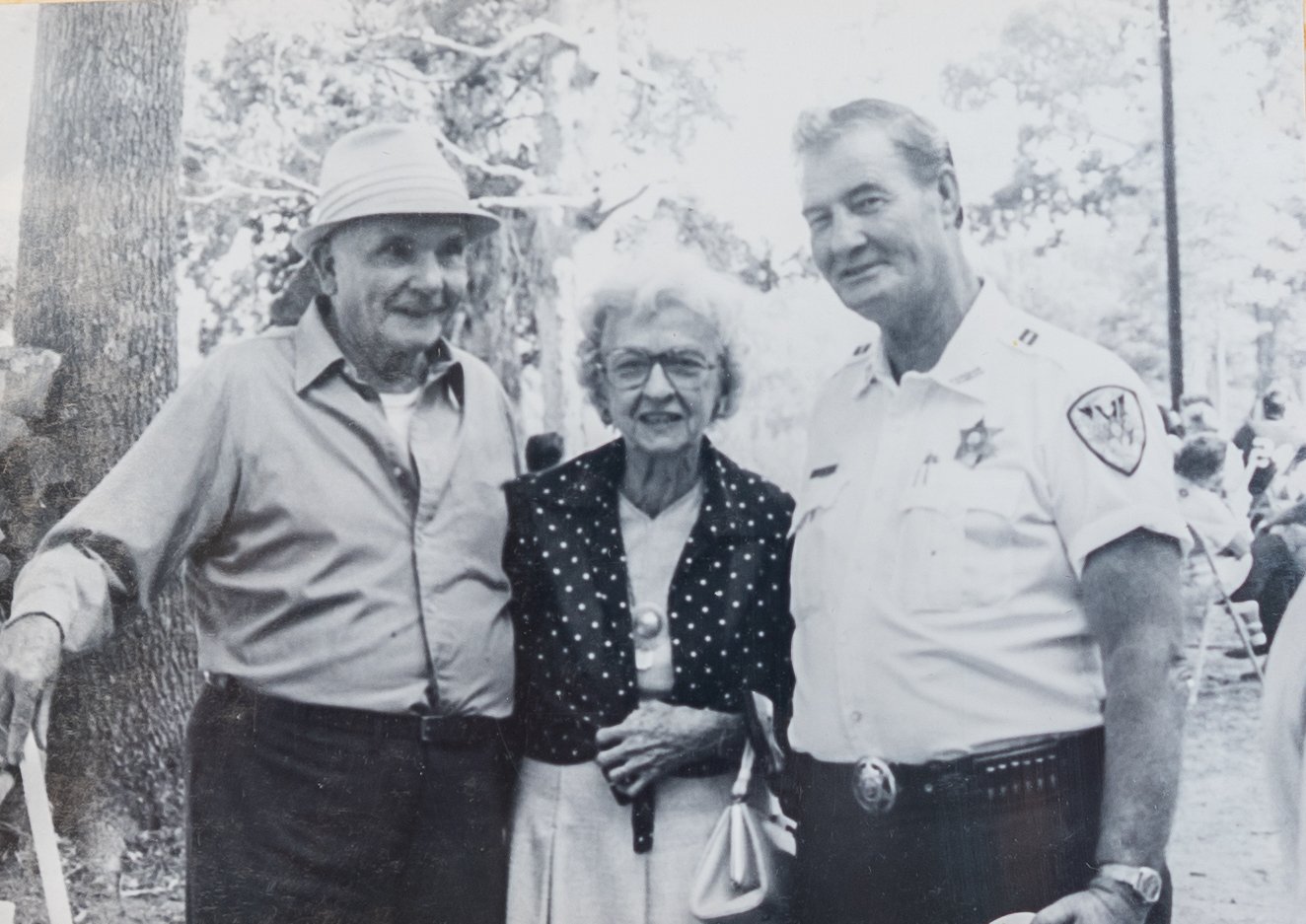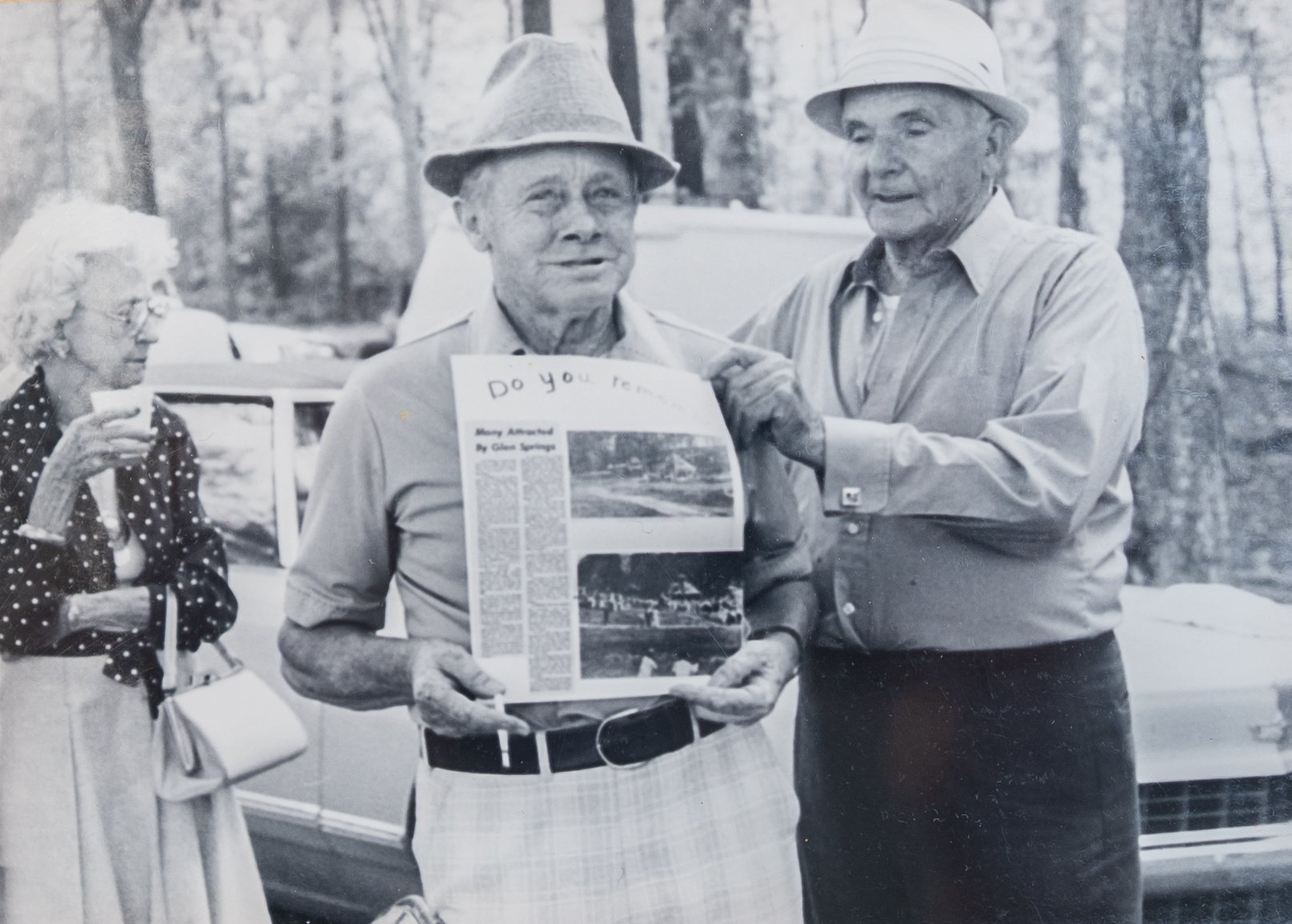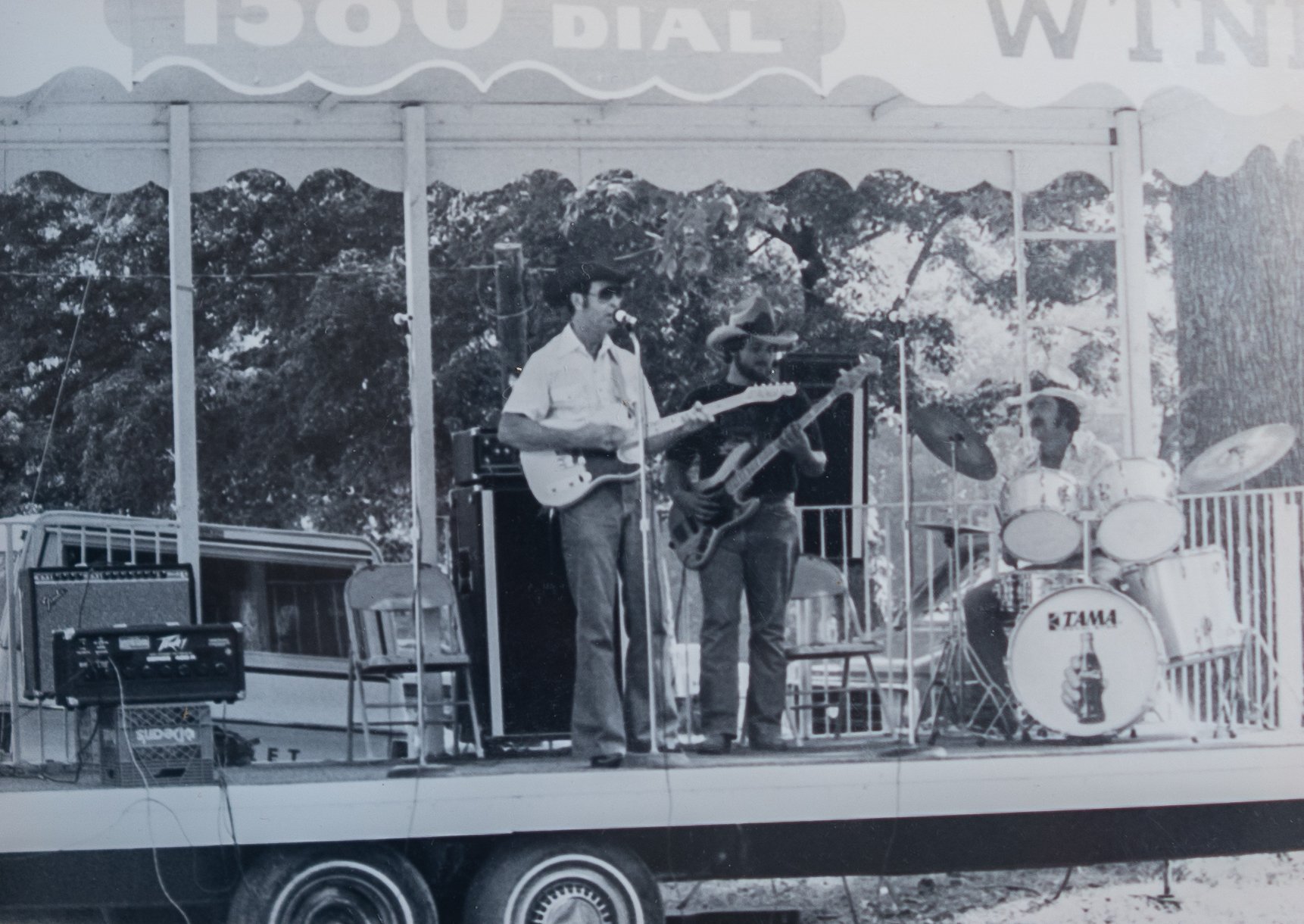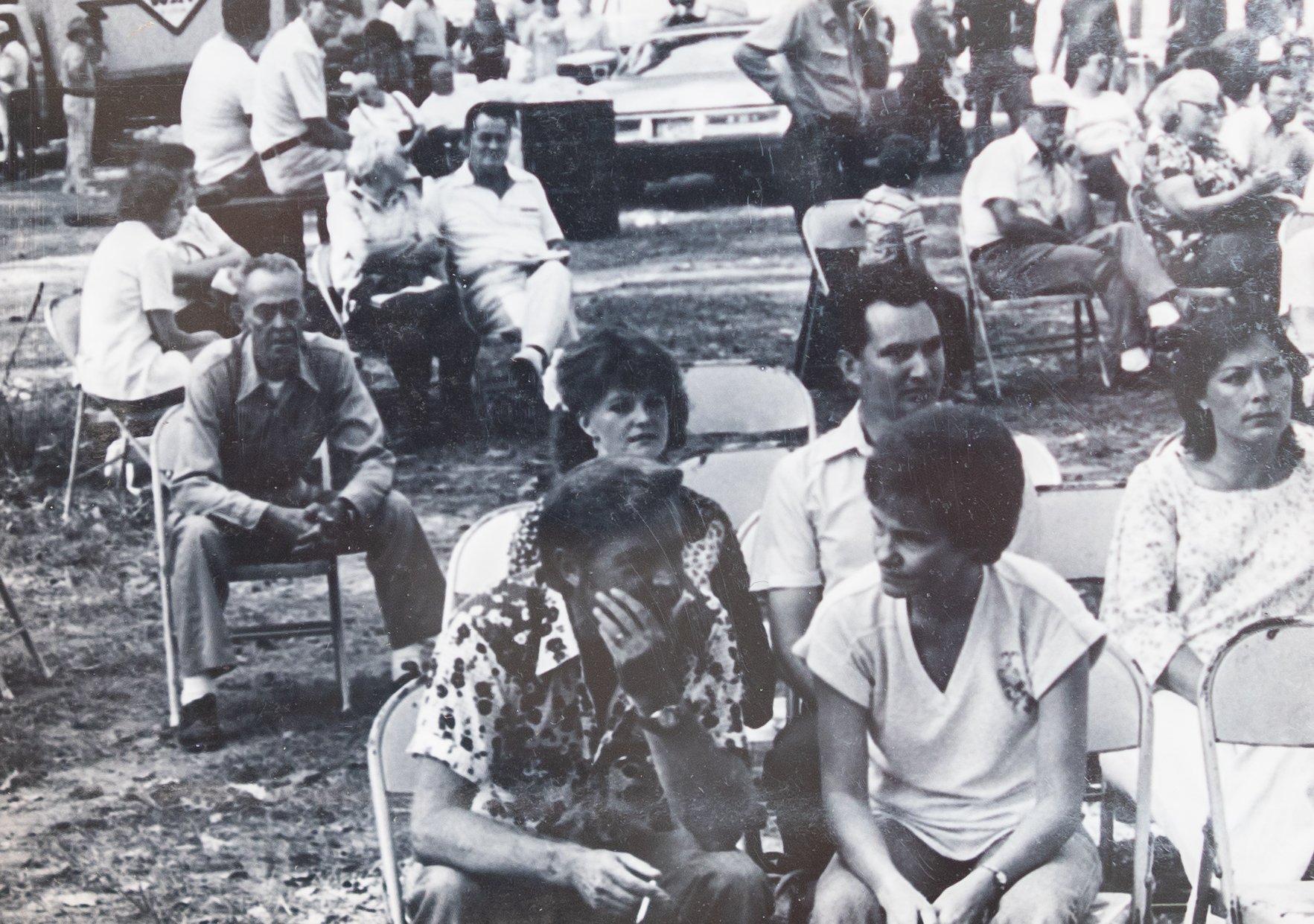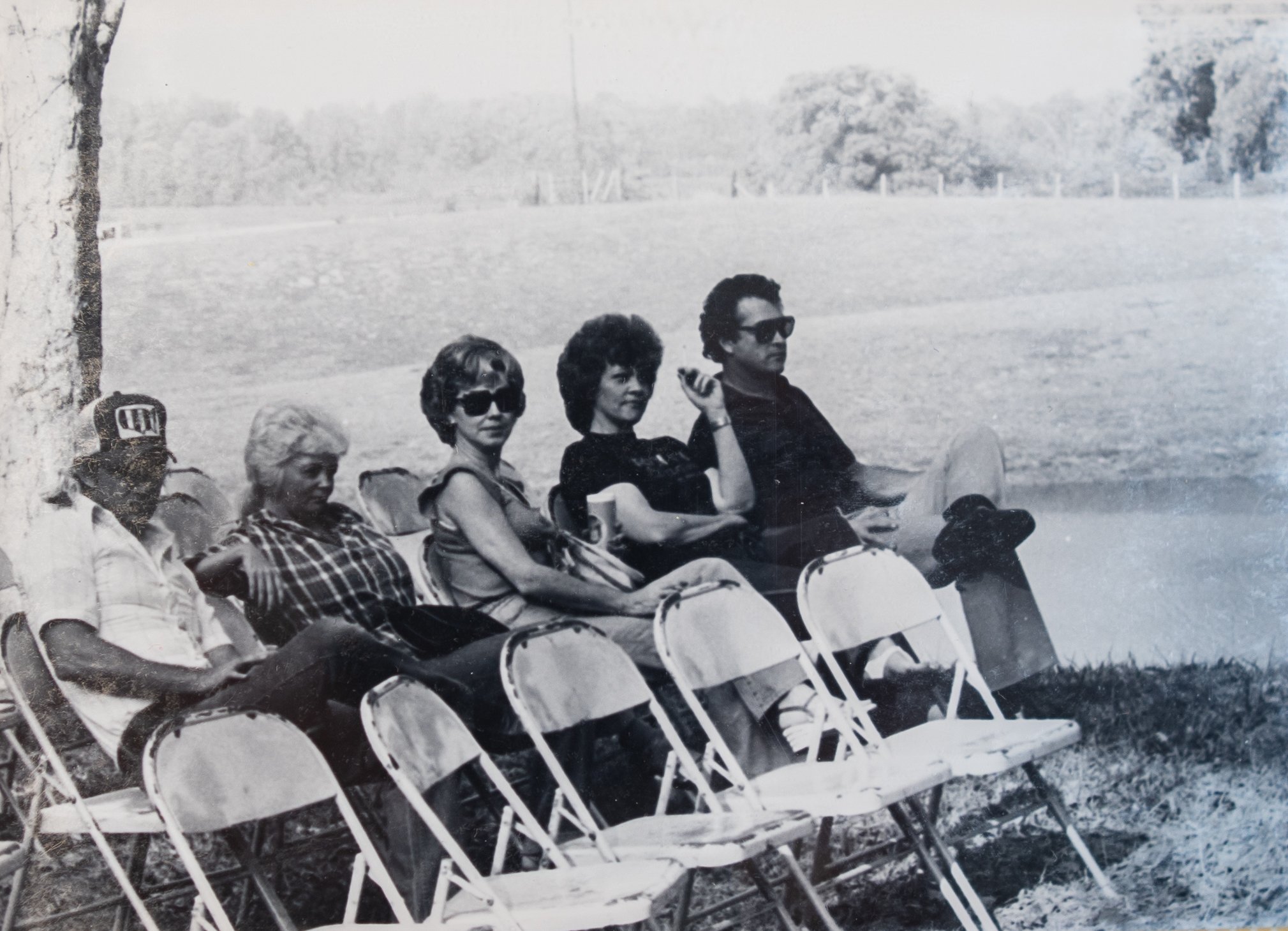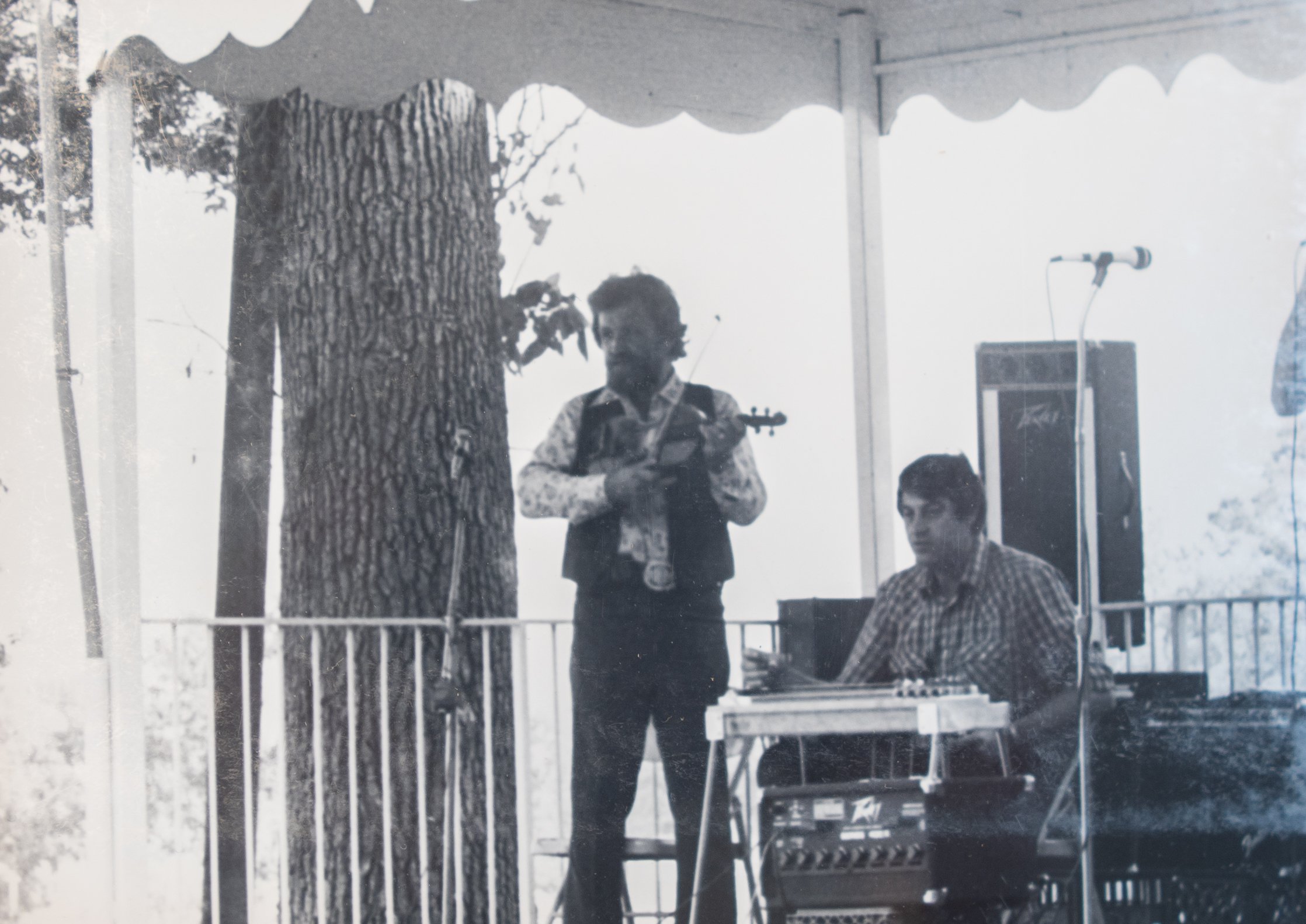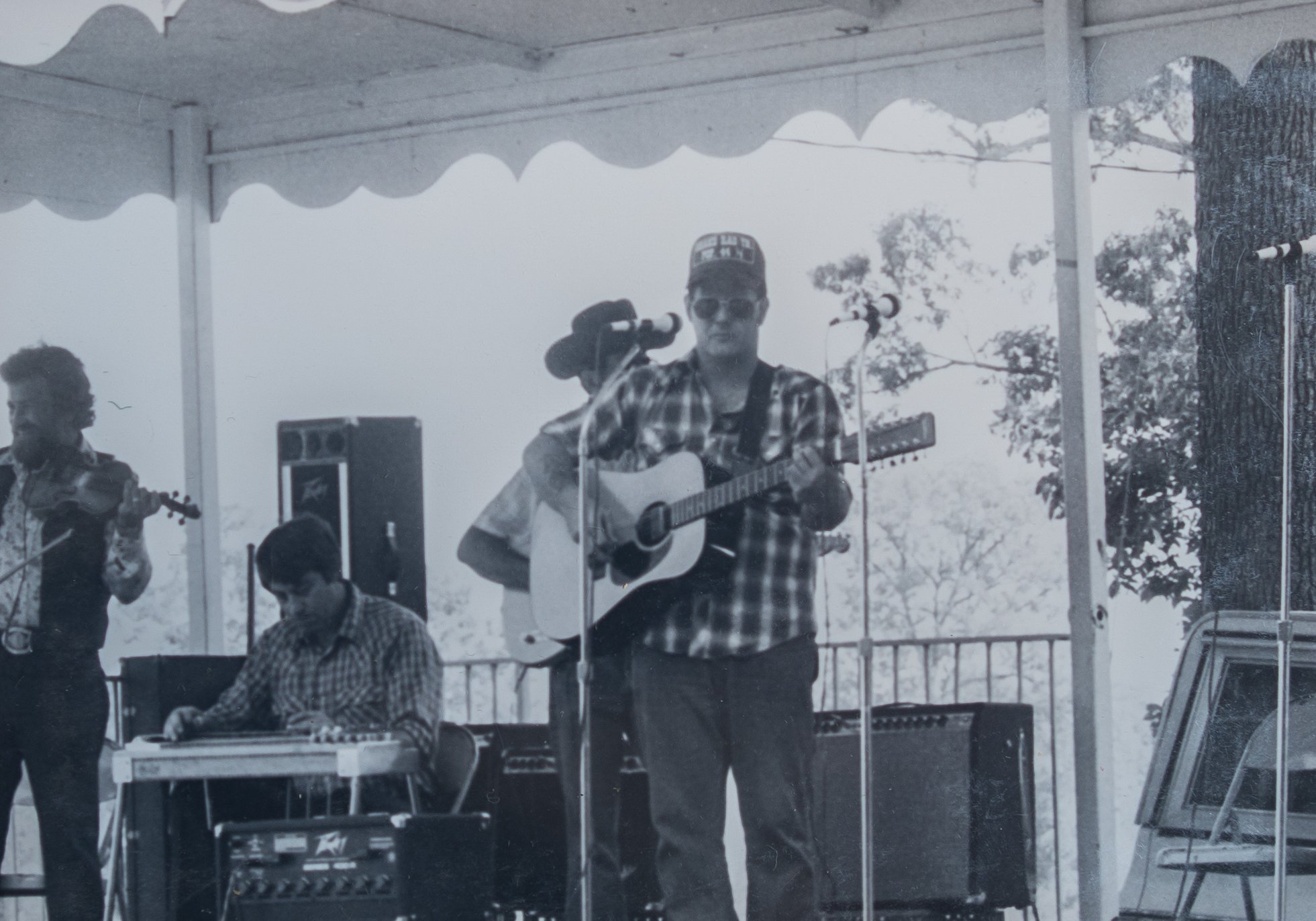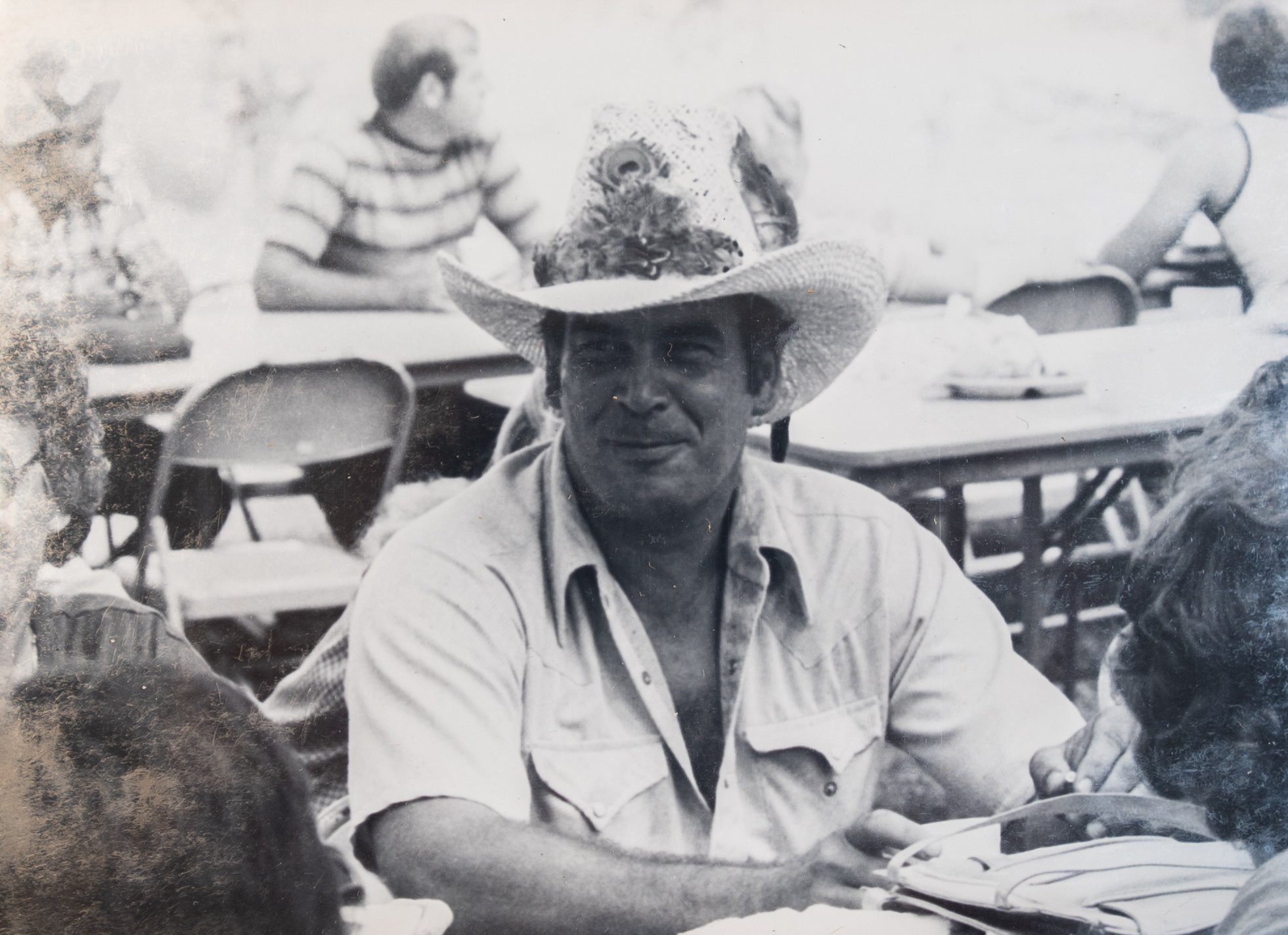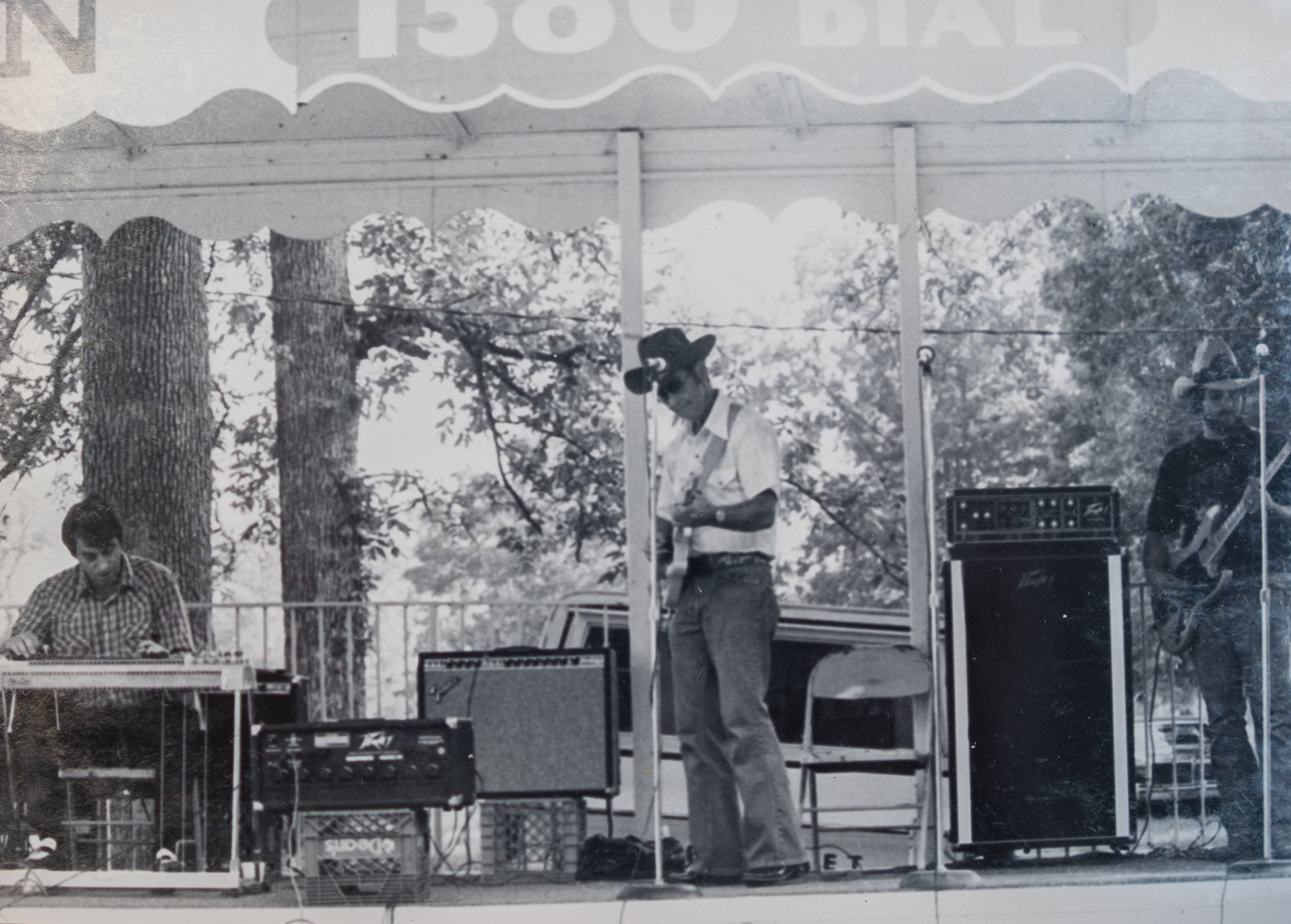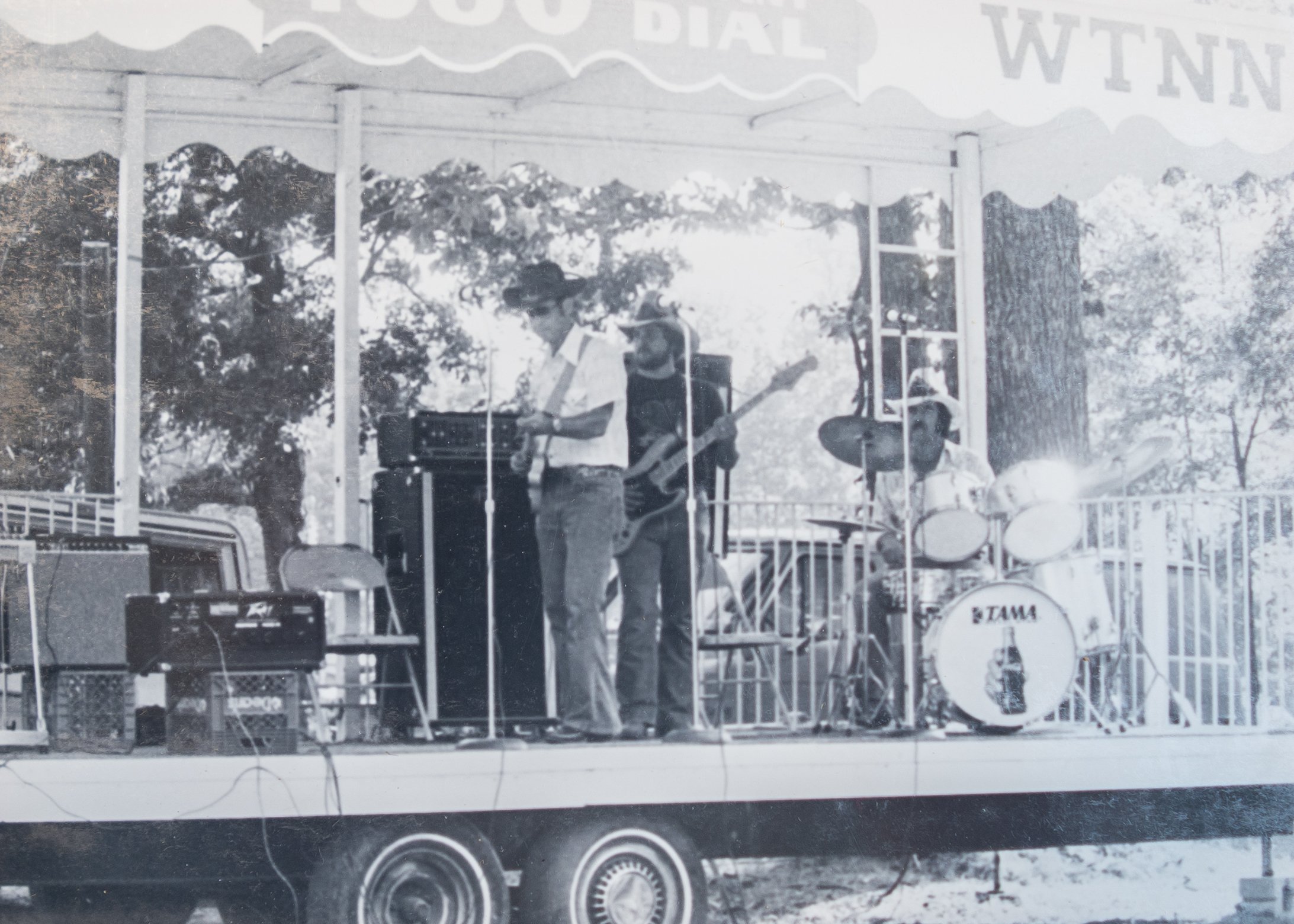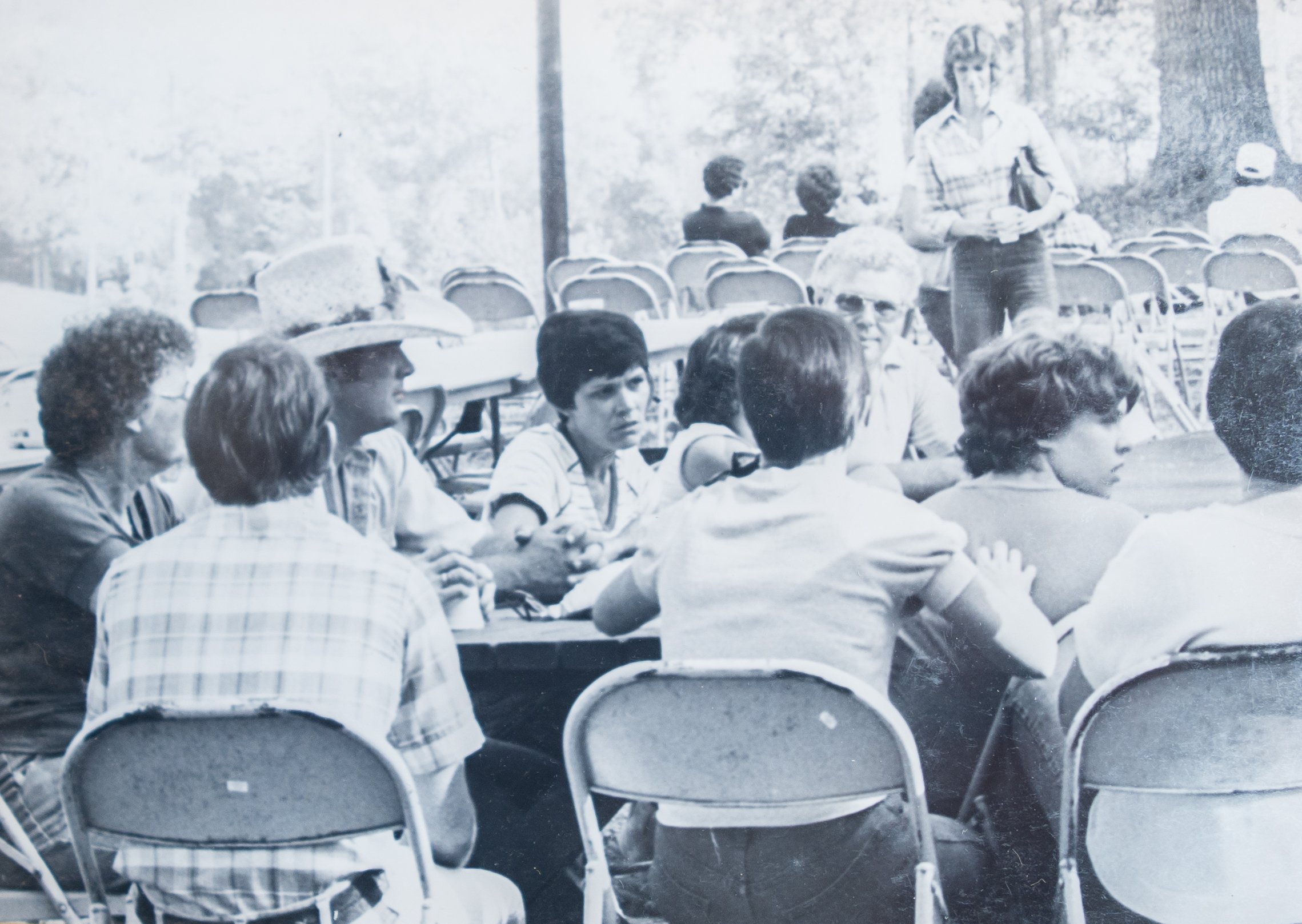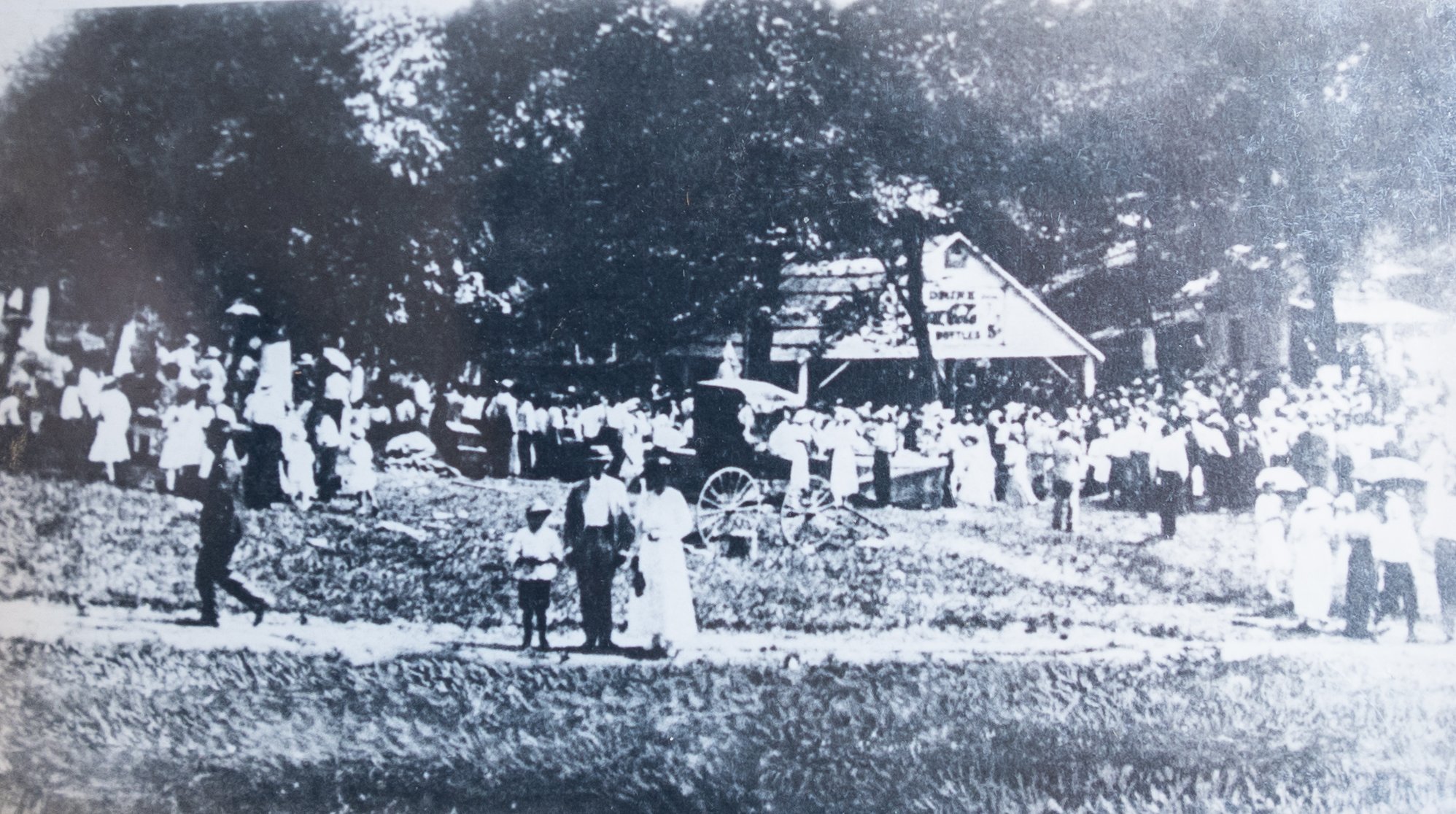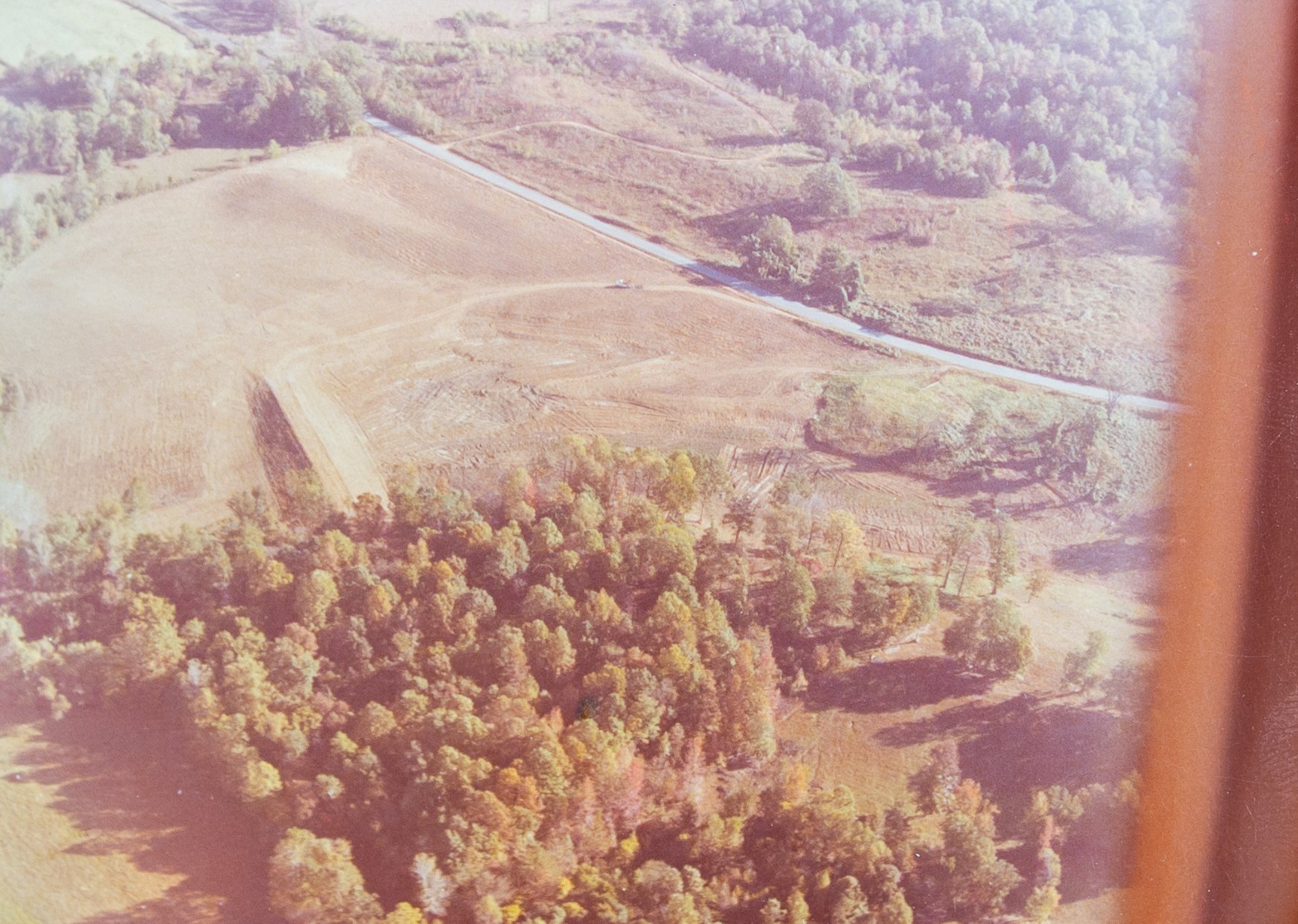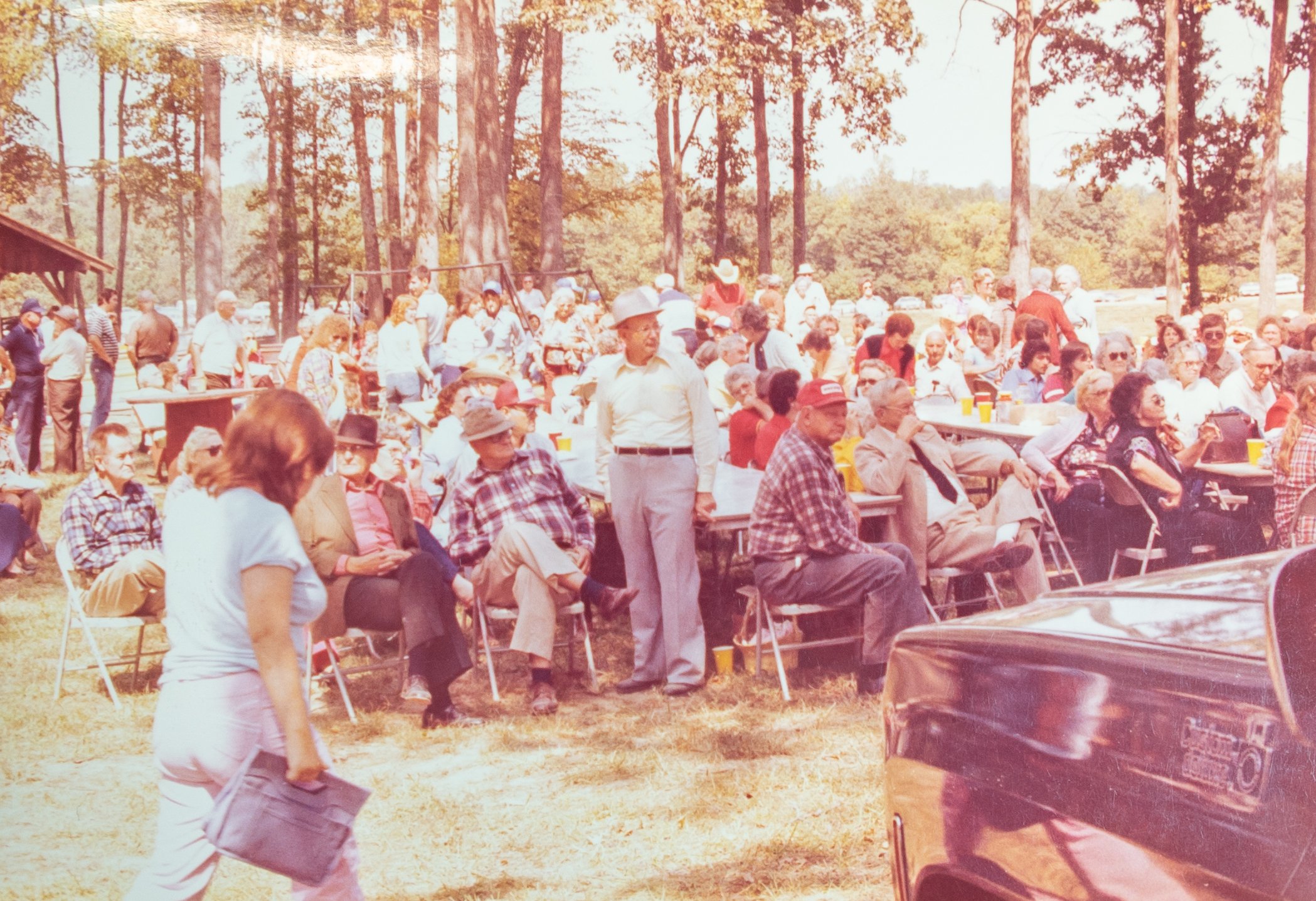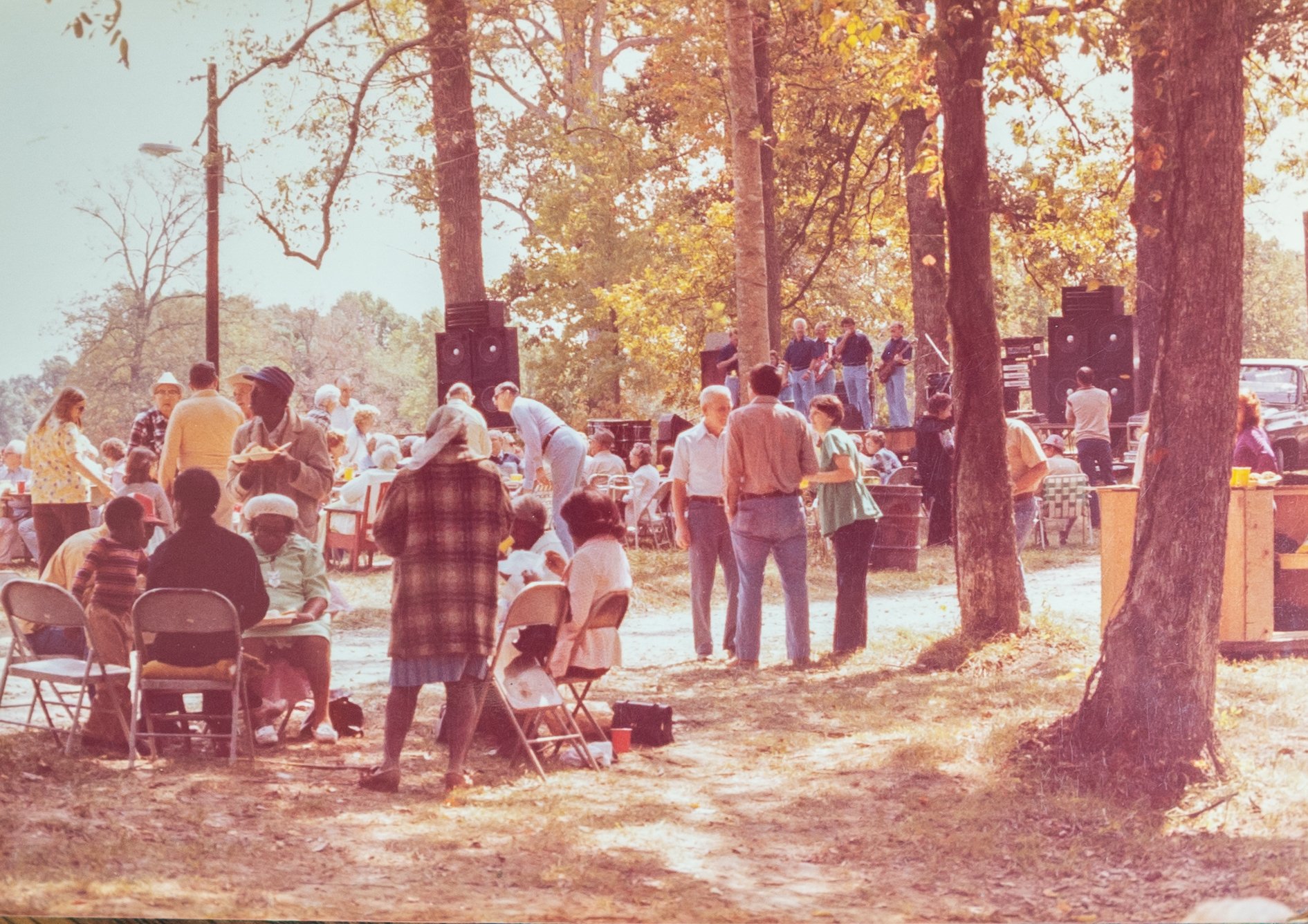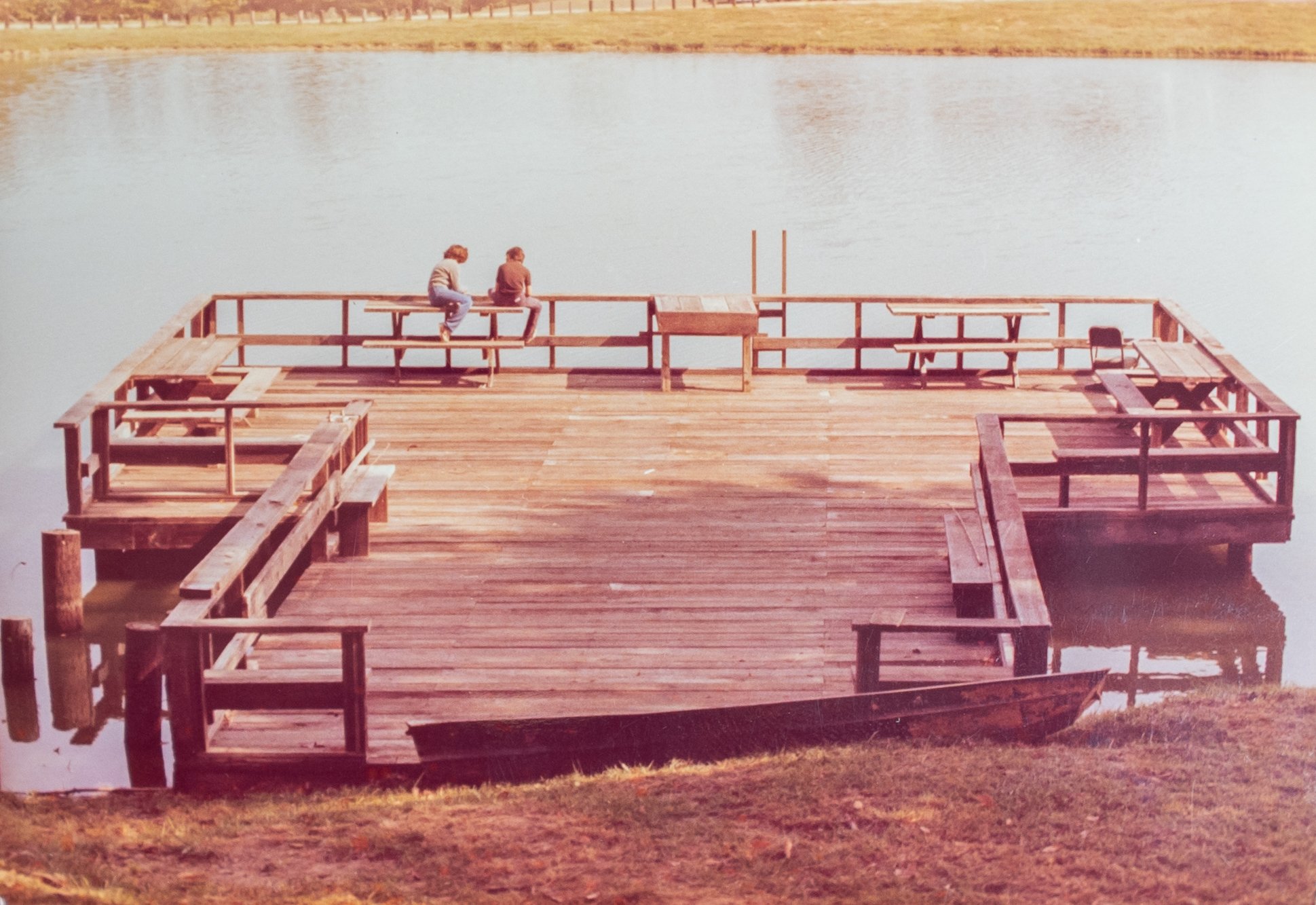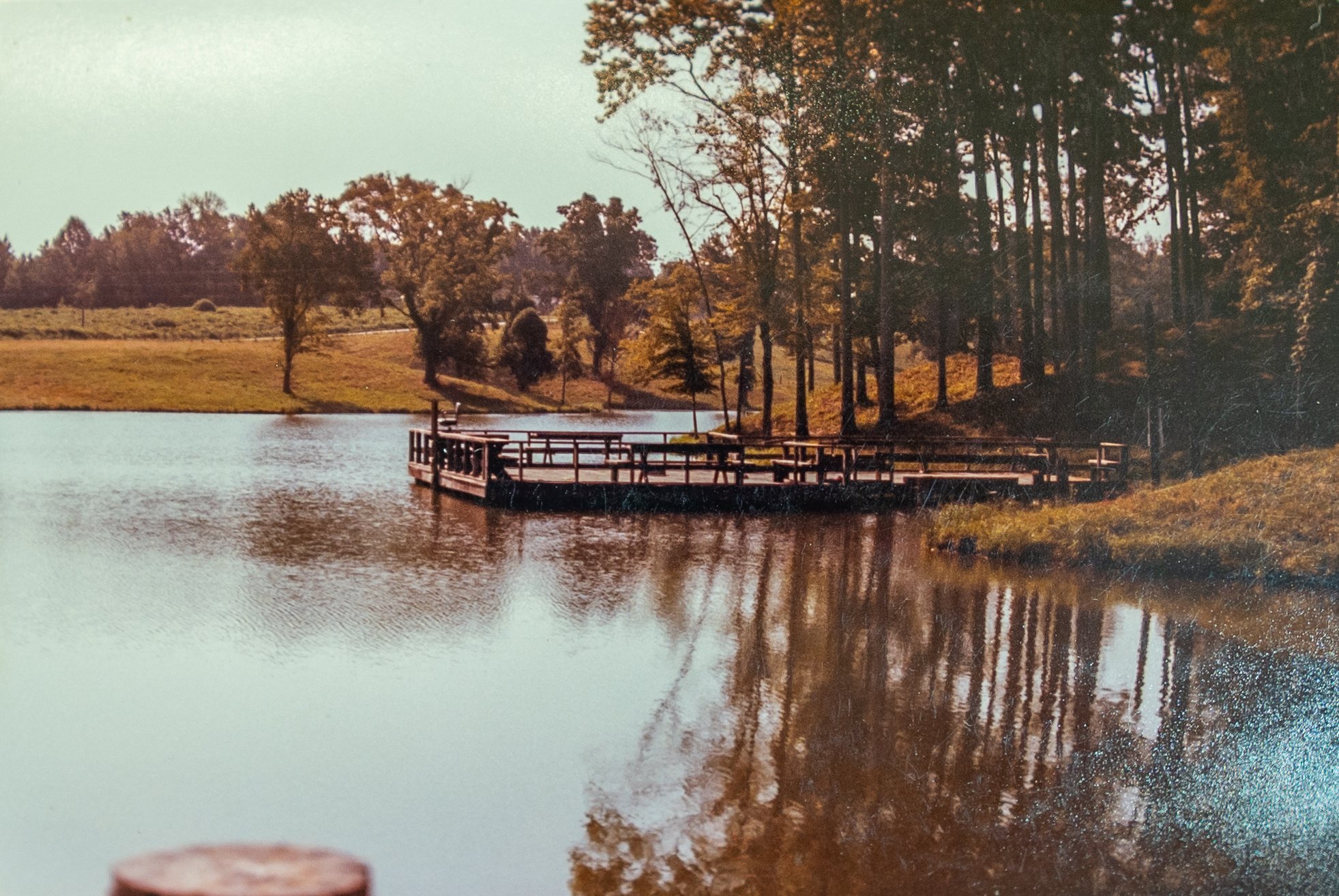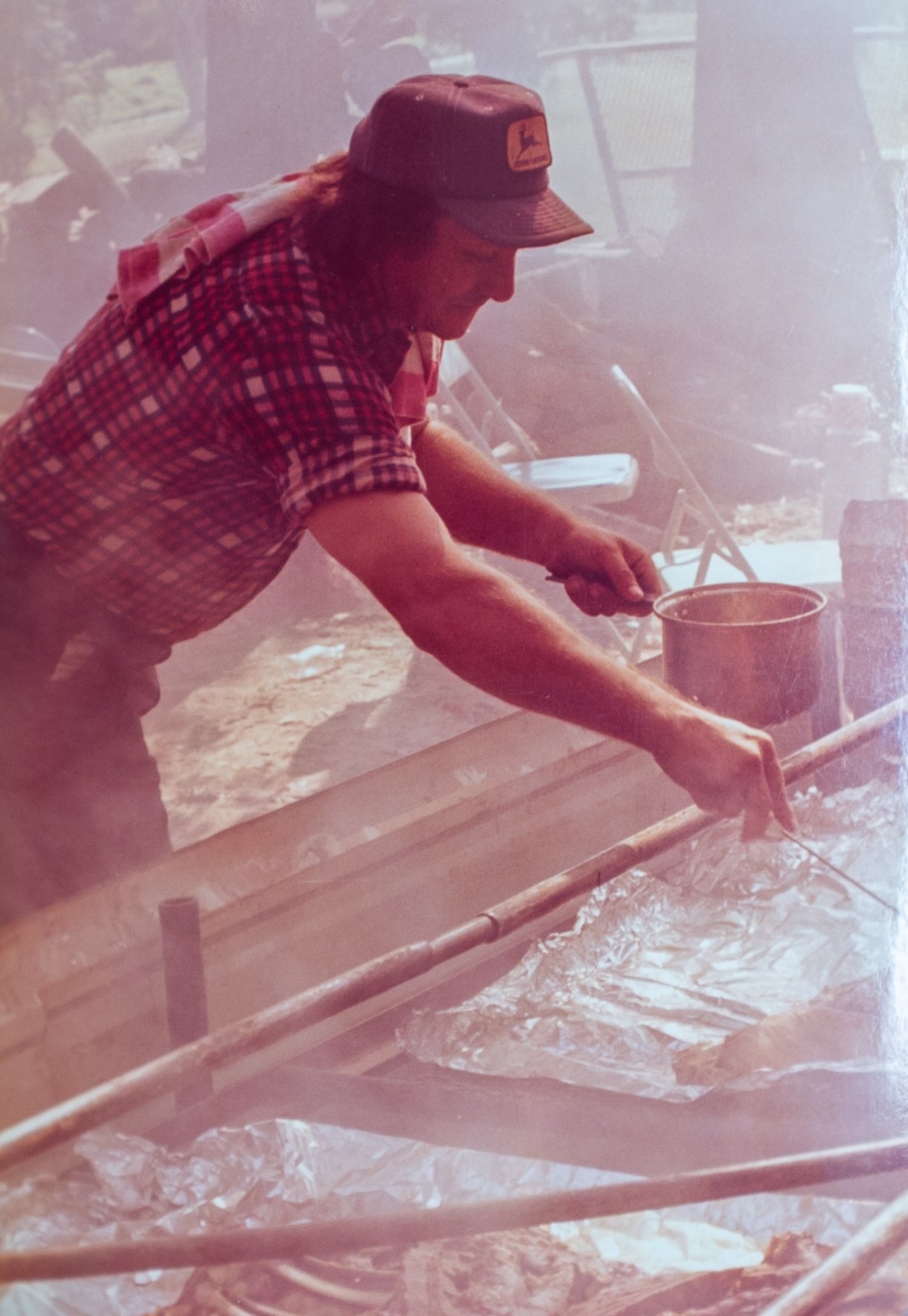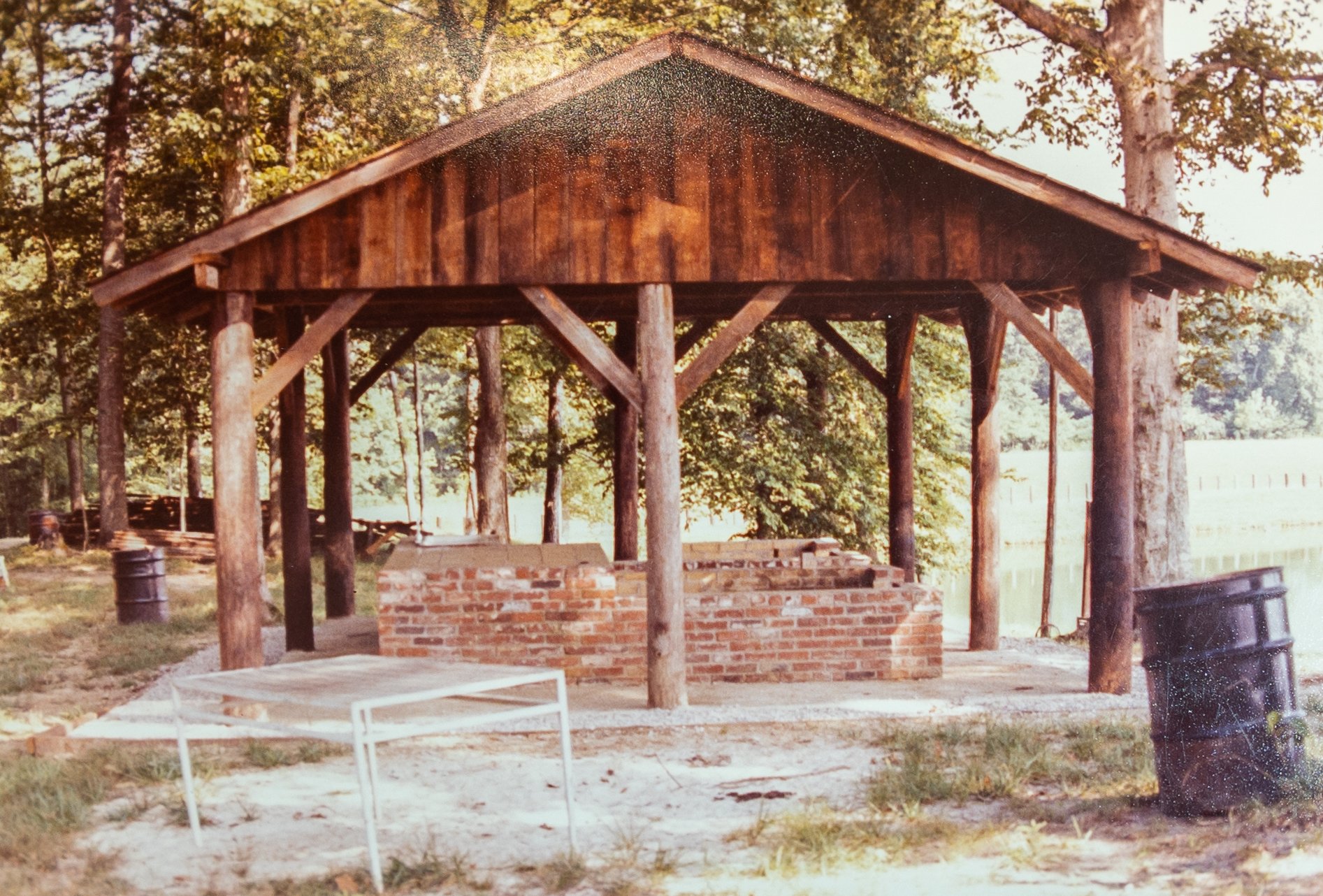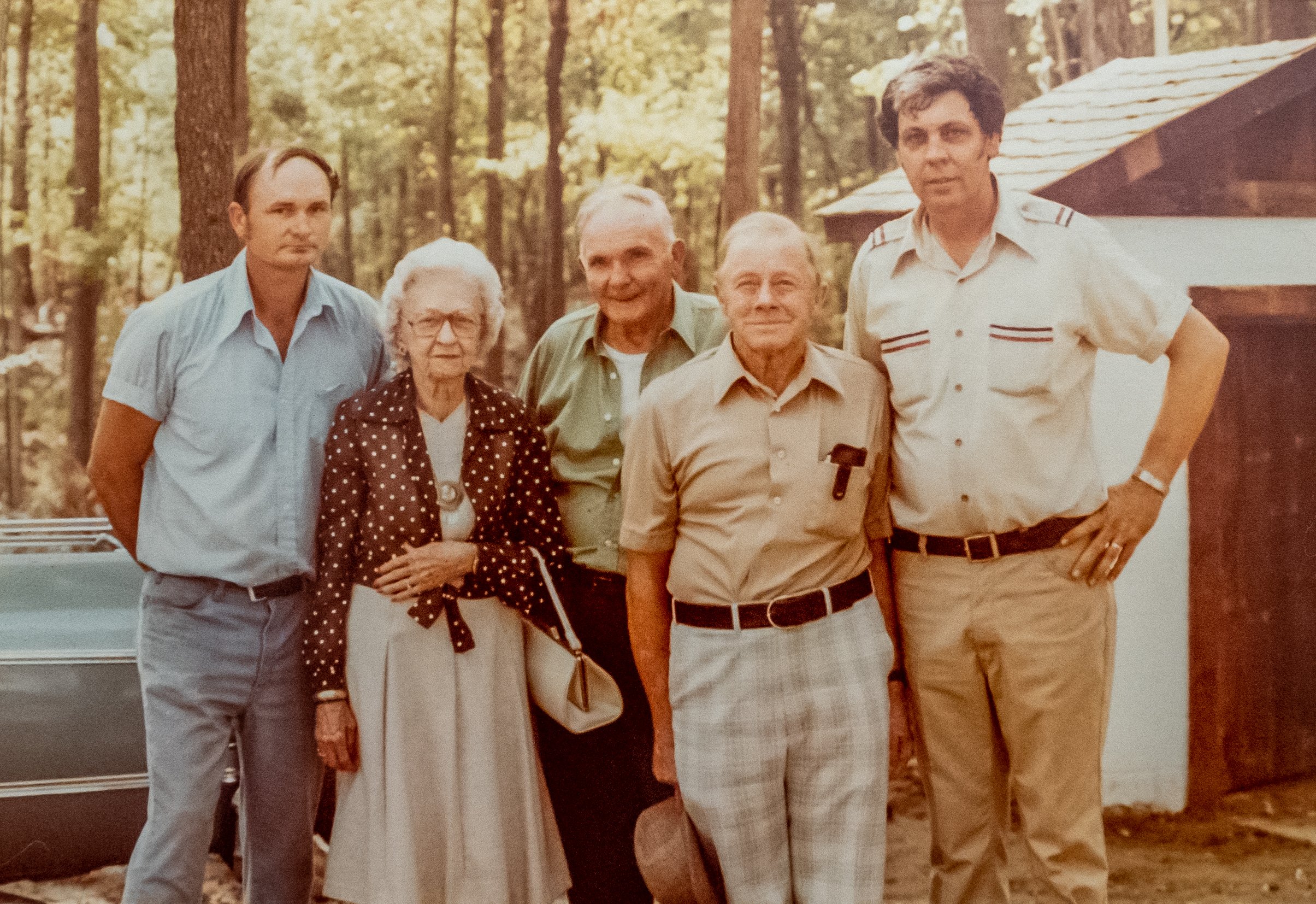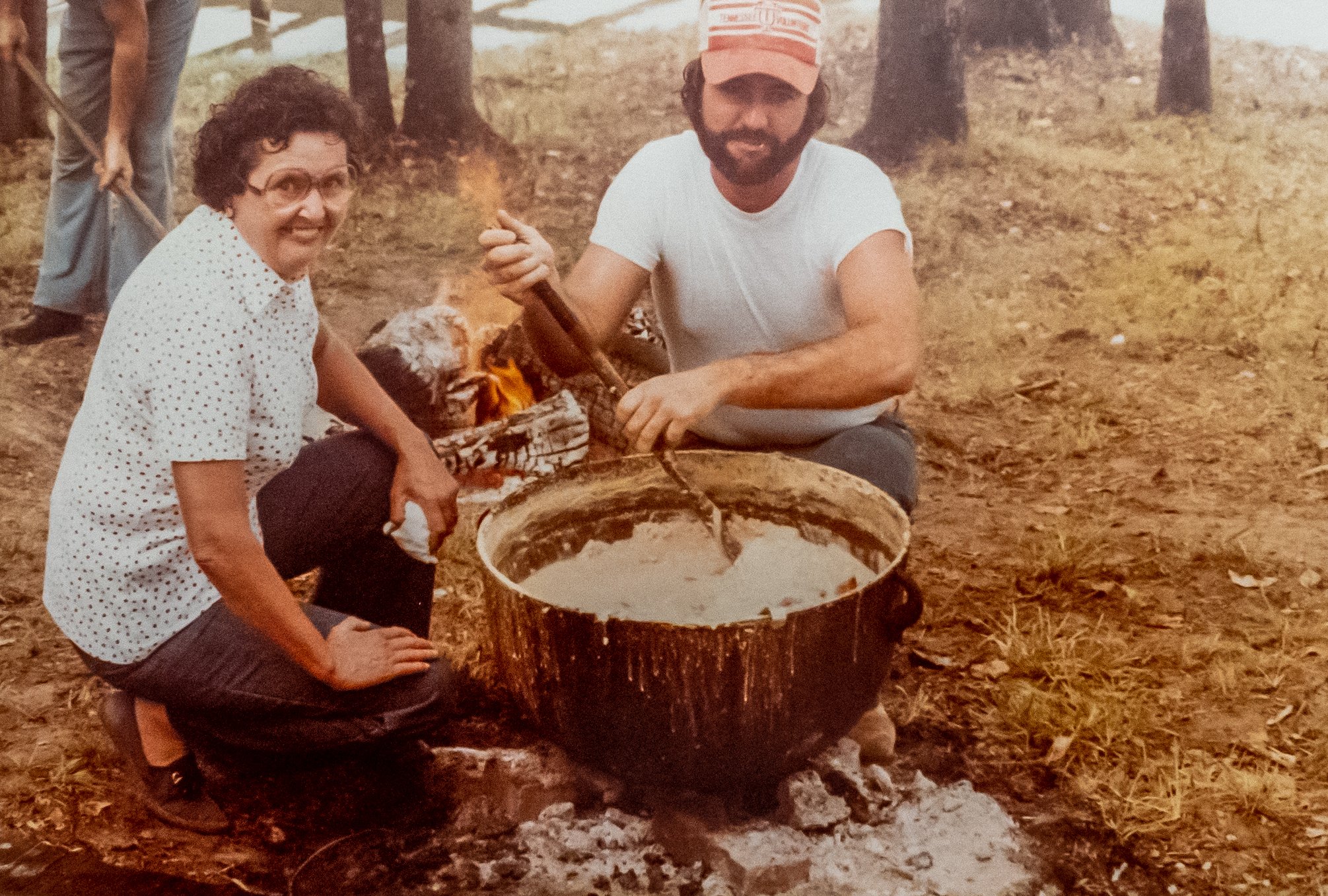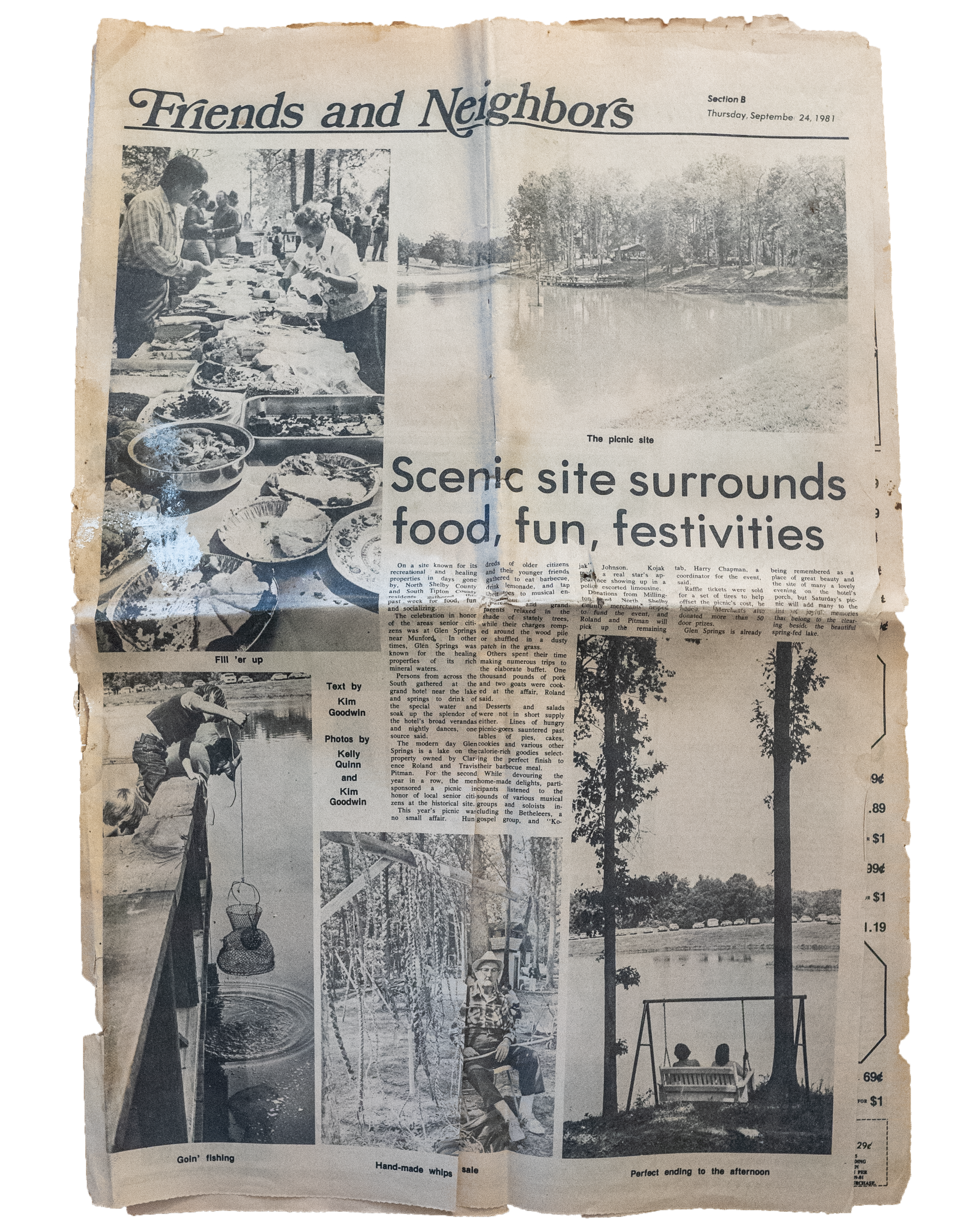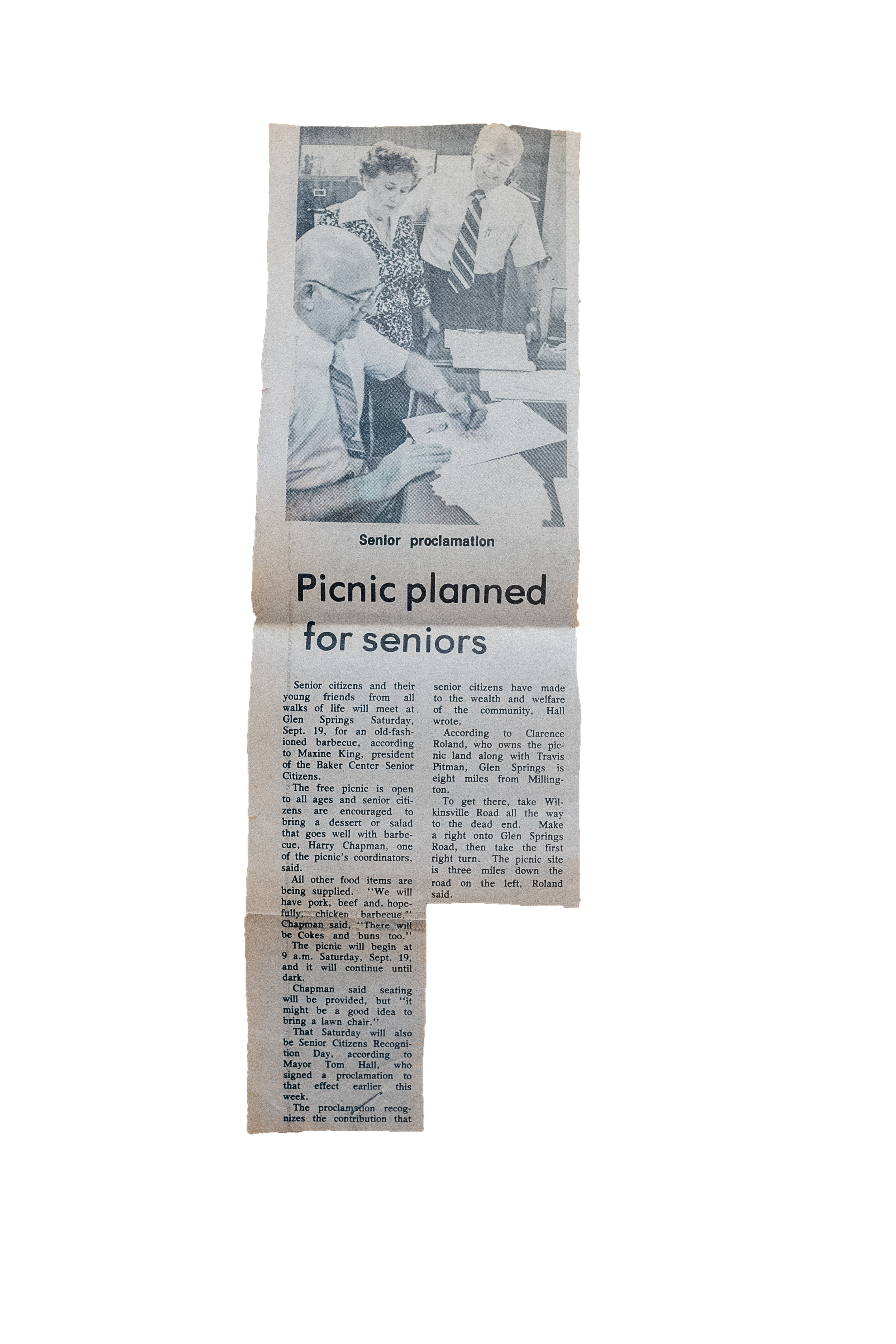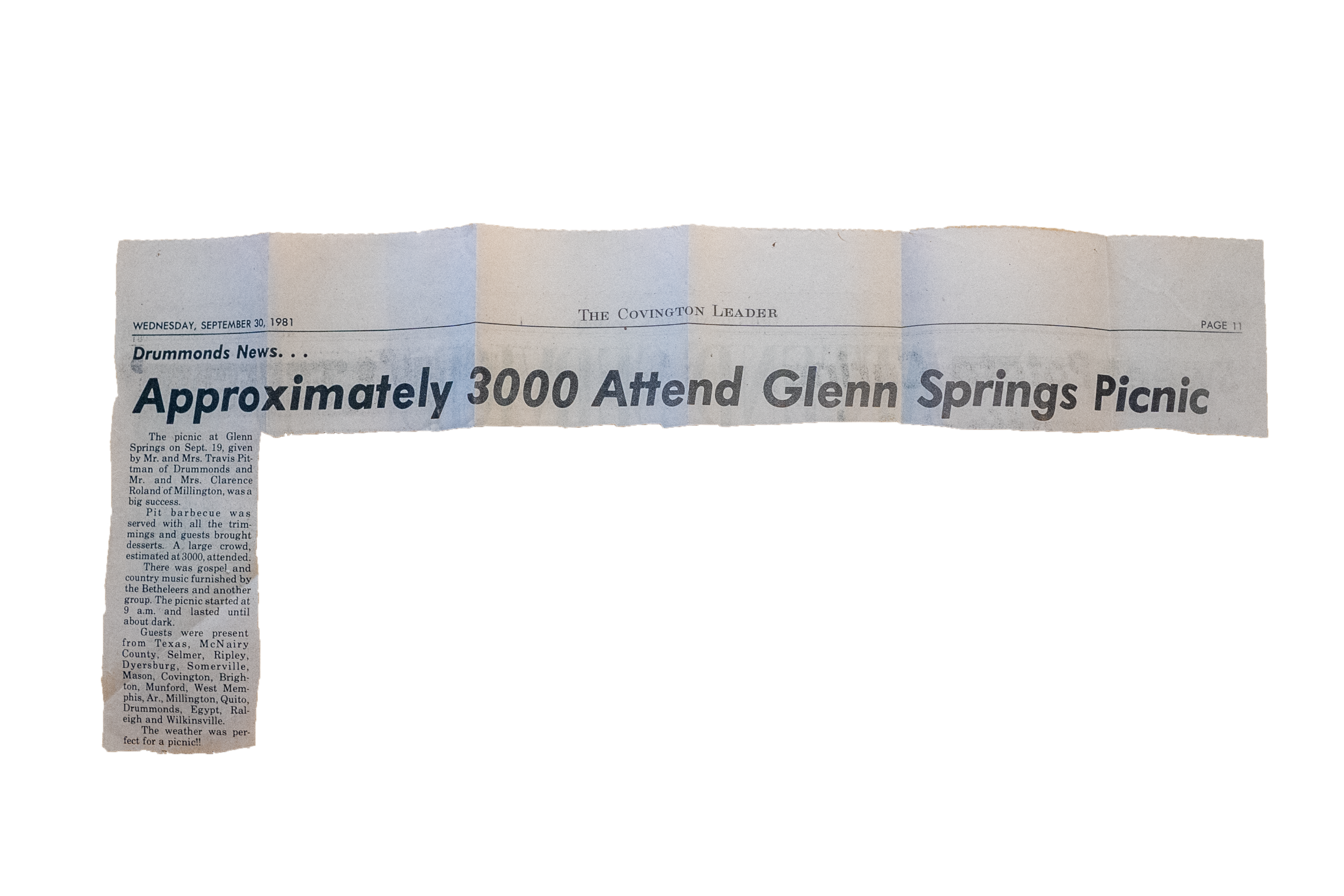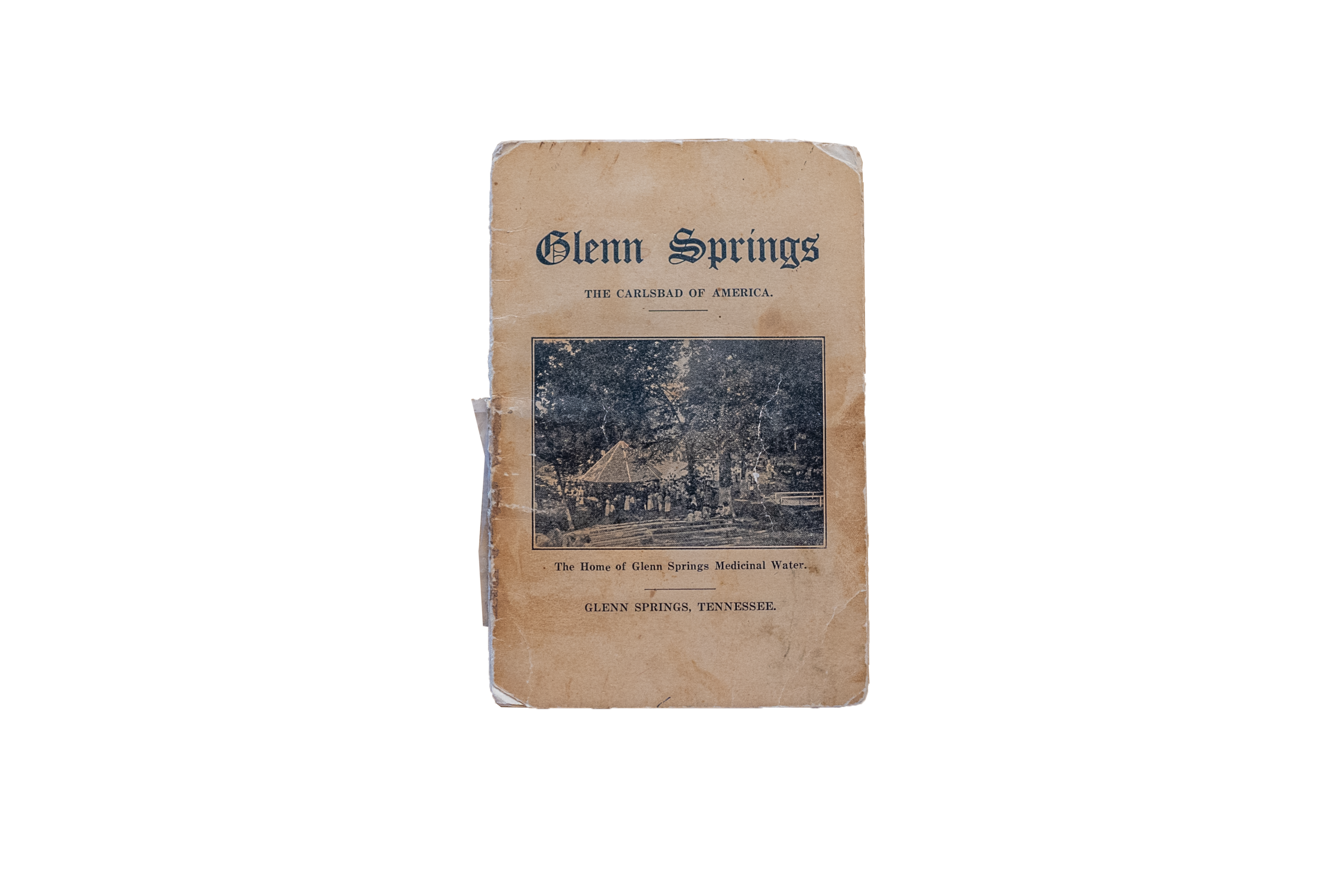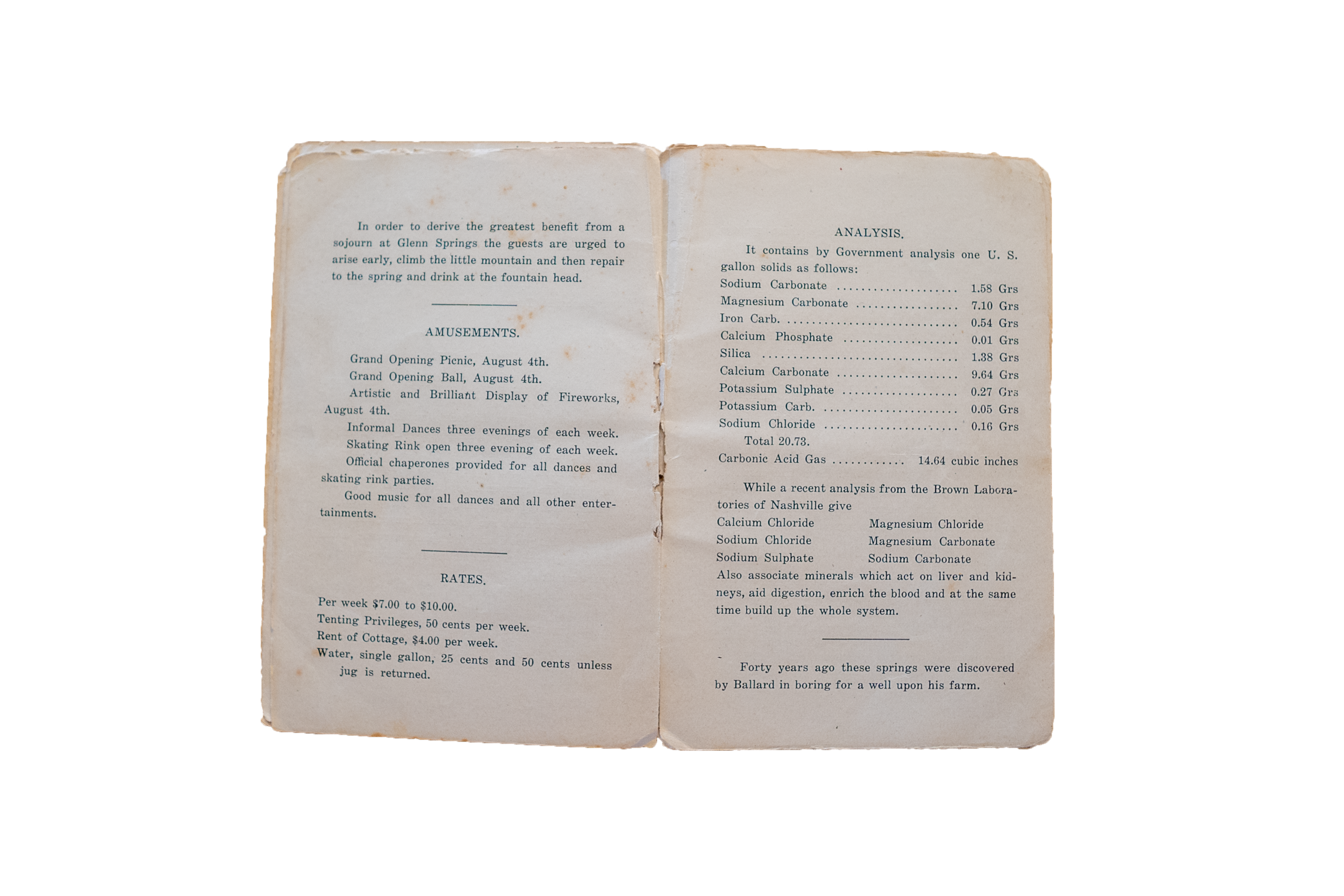Remembering Glenn Springs Lake Resort
by Anna Cooper
Photography by Scott Taylor
There were two things early explorers looked for when exploring the Americas: the Lost City of Gold—El Dorado, and the Fountain of Youth. It’s a fairly well-known fact that Hernandez De Soto crossed the Mississippi near West Tennessee, with some histographers proclaiming Memphis, and others Randolph. In fact, Randolph has a small granite monument documenting the story. Over the years, as no such magical fountain was found, interest waned in finding water with magical properties, but it never disappeared completely, then or now. Today places like Hot Springs, Arkansas, and springs similar to it across the globe are still thought to have healing properties. Around all of those springs, resorts and tourist destinations have popped up. Once upon a time, Tipton County was home to a resort destination, too.
According to A History of Poplar Grove and Drummonds by B. W. Burroughs, Glen Springs Lake “was built between 1991 in 1994 on land obtained from 13 landowners. It opened in 1995 and is located on Grimes Road. The lake covers 310 acres and was built by the Tennessee Wildlife Resource Agency (TWRA) at the cost of $4 million. This lake is open to the public for fishing by lake permit and fishing license,” but this is not where the resort of the almost the same name was located. According to GPS, the TWRA Glen Springs Lake and the location of the actual Glenn Springs Lake & Resort are about 2 miles apart, so what’s the difference between these two lakes?
Besides the difference in spelling, the TWRA Glen Springs lake is open to the public, but the other lake is located on private property. and has been turned into a small, spring-fed lake—the Roland family currently owns the land that the old resort and spring sits on. Glenn Springs 1.0 sits on one side of Turner Road, and another lake, which is owned by the Pittman family, sits on the other side. Both of the family’s own part of the original area where the historic resort sat. Now that the location of the original Glenn Springs is clarified—let’s get into the history of Glenn Springs.
The books, True Tale of Tipton by Gaylon N. Beasley and A History of Poplar Grove and Drummonds by B. W. Burroughs, both agree that the springs the area is named after were discovered in the 1860s. The man who discovered it was a farmer named Ballard who was boring for a well. Upon his death, the land was passed on to Samuel P. Glenn of Fayette County, Tennessee. After touring his new farm and finding the spring, he began to get an idea. According to True Tales of Tipton, “Upon discovering that the water contained ‘medicinal properties’, Glenn at once began to develop the springs that came to bear his name. He erected a large summer hotel and provided his guests with places of amusement, one of which was a 5-acre lake built principally with wheelbarrows. A levee some 500 feet long and 30 feet high was built between two hills and held back the water of several large springs that fill the lake.” By 1880, Glenn had a thriving business in Glenn Springs Resort.
While it isn’t recorded as to how it got this name, Glenn Springs became known as the ‘Carlsbad of America.’ The original Carlsbad was a spa town founded in the Czech Republic in the 1300s by the Holy Roman Emperor Charles the Fourth. The meaning of Carlsbad is German for ‘Charles Bath,’ and it held a certain prestige in the early 1900s. Glenn Springs resort rivaled Dawson Springs—a famous resort destination in Kentucky—for nearly 15 years, but with Glenn's death, his resort was incomplete causing it to languish. However, another entrepreneuring individual, Dr. J. E. Blaydes, bought up the land from Glenn’s heirs. From there history jumps, Dr. J. E. Blaydes sold the land to his son Dr. A. B. Blaydes. It was during his tenure of ownership that the resort gained the name ‘The Carlsbad of America.’
Dr. A. B. Blaydes was forty years old, a doctor, and loved spas. So, when presented with the idea of reviving Glenn Springs he sent off a sample of water to be tested in Nashville. Brown Laboratories found that the spring water contained minerals—endorsing it as ‘good’ and ‘very pure.’ Mr. Travis and Mrs. Louise Pittman of Glenn Springs had a small, worn-out brochure from the time when Glenn Springs was a resort. In the pamphlet, there were all kinds of interesting information including the water composition. The pamphlet lists: “sodium carbonate, magnesium carbonate, iron carbonate, calcium phosphate, silica, calcium carbonate, potassium sulfate, potassium carbonate, and sodium chloride.”
The pamphlet contains a lot of information concerning the history of Glenn Springs and what guests would see when they came to the resort. “On July, 1914, the spring and adjoining farmland passed by purchase into the hands of Dr. A. B. Blaydes, whose medical knowledge enabled him to test the virtues of the water and verify its marvelous curative powers. In the beginning of his improvement, Dr. Blaydes had the spring bored down and cased in, thus preventing contamination with surface water. He has likewise spared no expense in drainage and the complete sewer system ensures a pure healthful stream of water, free from all surface contamination. The medical properties of the water are the same at all seasons of the year, and a peculiar test of its efficacy is that it strengthens and builds up the system while it surely eradicates the disease,” people are seeking to cure with the water. This excerpt finishes with, “this water is endorsed by all leading physicians as an adjunct in the treatment of all forms of liver and kidney troubles, nervousness and indigestion.”
According to the pamphlet provided by the Pittman’s, rates were as follows: “Per week: $7.00 to $10.00, tenting privileges, 50 cents per week, rental of cottage, $4.00 per week, and water single gallon 25 cents and 50 cents unless jug is returned.” While the book True Tales of Tipton, records the rates at the hotel as $2.50 to $3.00 a day or $12.50 for a week. Cabins at $4.00 a week and the camping area lots for 50 cents a week. Five-gallon jugs of water were sold for $2.50 with $1.25 of that being returned if the resort's jug found its way back to them.
The healing waters of Glenn Springs brought many people and events to its resort. In 1928, Glenn Springs held a revival. Dr. Alvin Plexico is the author of River of Life: A History of Munford First Assembly of God Church. His book on the history of the church records why River of Life: Munford First Assembly of God is intrinsically tied to Glenn Springs. “Raymond Wiseman was in the last stages of tuberculosis when he prayed for God to spare his life so that he could build a church and lead his family members to salvation. In 1928 he brought a tent to Glenn Springs in West Tennessee between Drummonds Road and Highway 59 West. During this time, Glenn Springs was a resort and recreational area. Reverend Wiseman, assisted by Reverend William Bridges preached every night with only a few in attendance. They survived on bread and blackberries. After three weeks of uneventful meetings, a young man was carried to the tent because he was too sick from illness to stand. After the evangelist prayed, God raised him to his feet. The healing triggered a tremendous revival that continued for four months. The tent was moved to Crosstown (between Munford and Atoka, Tennessee), where thousands gathered for the services.”
W. C. Handy also made several appearances at Glenn Springs. True tales of Tipton records that at the big grand opening of Glenn Springs Handy was supposed to make an appearance, but got stuck on his way to Atoka. “The car broke down at Woodstock. After spending several hours in a futile attempt to repair the car and reach the springs at anything like a reasonable hour, the band boarded the evening train at Woodstock and returned to Memphis.” Handy “failed to let his misfortune discourage him from playing at Glen Springs. He went twice a year during the early years to the picnics held in July and August and was paid $125 a day.” Terry Rowland, who currently owns Glenn Springs (both the actual spring and the lake that was expanded) actually has “a postcard with W. C. Handy playing down there.”
Rowland is very proud of the spring and the part of history that lays on his land. In fact, in 1980, he had a get-together for the people who remembered the old resort from when it was still operating in the 20th century, “We had an old-timers reunion up there. All the people that remembered or went to the original resort, came to it. We had probably four, five thousand people there that day, and we fed them all.”
The Tennessee State Library and Archives had an exhibit a while back on the old resorts that could be found across Tennessee, and it mentioned the old Glenn Springs resort, “Whether patrons of old sought ‘The Carlsbad of America’ or ‘The Switzerland of Tennessee’ that might be ‘Patronized by the Most Aristocratic Southern Families’ or simply sought a health and pleasure resort ‘Where Heat, Dust, Mosquitoes, Malaria and Hay Fever are Unknown,’ it could be found in Tennessee.” At the turn of the century, maybe people weren't looking for the Fountain of Youth, but they were looking for something that could heal them of their ailments.
Glenn Springs is still a great community in Tipton County. The TWRA’s Glen Springs Lake has a fishing derby for kids that’s held by the South Tipton County of Commerce every spring. Despite its ups and downs Glenn Springs, Tennessee is still going strong!
Cypress Magazine would like to thank Mr. Terry Rowland for contacting us about Glenn Springs Lake, distinguishing it from the TWRA lake by the same name, and your time for an interview, letting us get pictures of your family’s lake, and providing us with the historical information. We would also like to thank Mr. Travis and Mrs. Louise Pittman for their time and resources—your knowledge and materials really helped make this article come together. Thank you to the South Tipton County Chamber of Commerce for the book True Tales of Tipton. Last, but not least, thank you to Mr. Charles Hambick, my grandfather, for letting me borrow your and Oma’s copy of River of Life: A History of Munford First Assembly of God Church.
If you are interested in any of these pictures, please send an email to annac@cypressmag.com or contact us at 901-617-2908.

